-
Common Problems with the Kia Carnival: What Owners Should Know

The Kia Carnival, a popular minivan known for its sleek design, spacious interior, and advanced features, has garnered a significant following among families and individuals seeking a reliable and comfortable ride. However, like any vehicle, the Kia Carnival is not without its issues. In this blog, we’ll delve into some of the common problems that owners might encounter, providing an overview to help potential buyers and current owners understand what to watch out for.
Kia Carnival Transmission Issues

One of the most frequently reported problems with the Kia Carnival involves the transmission. Owners have reported experiencing delayed shifting, rough or jerky shifts, and in some cases, complete transmission failure. These issues can be particularly concerning given the potential safety risks associated with transmission problems.
Symptoms:
- Delayed or rough shifting
- Unusual noises during gear changes
- Transmission slipping
Possible Solutions:
- Regular maintenance and transmission fluid checks
- Software updates to the transmission control module
- In severe cases, transmission repair or replacement
Kia Carnival Engine Performance Problems

Another common complaint among Kia Carnival owners pertains to engine performance. Issues such as poor acceleration, stalling, and engine knocking have been noted. These problems can stem from a variety of causes, including fuel system issues, faulty sensors, or problems with the ignition system.
Symptoms:
- Loss of power or poor acceleration
- Engine stalling or misfiring
- Check engine light illumination
Possible Solutions:
- Regular engine tune-ups and maintenance
- Diagnostic checks to identify faulty sensors
- Ensuring high-quality fuel and proper fuel system care
Kia Carnival Electrical System Malfunctions

Modern vehicles like the Kia Carnival rely heavily on complex electrical systems.
Unfortunately, electrical issues are another common area of concern for Carnival owners. Problems can range from minor annoyances, like malfunctioning infotainment systems, to more serious issues, such as problems with the vehicle’s starting system.
Symptoms:
- Infotainment system failures or glitches
- Battery drainage
- Issues with power windows and locks
Possible Solutions:
- Routine electrical system inspections
- Ensuring software updates are applied
- Replacing faulty wiring or components as needed
Kia Carnival Suspension and Steering Problems

A smooth and stable ride is essential for any minivan, especially one used for family transport. Some Kia Carnival owners have reported issues with the vehicle’s suspension and steering systems. These problems can lead to an uncomfortable ride and, more importantly, can pose safety risks.
Symptoms:
- Uneven tire wear
- Unusual noises when driving over bumps
- Difficulty steering or a loose steering wheel
Possible Solutions:
- Regular suspension and steering system inspections
- Replacing worn-out suspension components
- Wheel alignments and tire rotations
Kia Carnival Brake System Concerns

The brake system is one of the most critical safety components of any vehicle. Some Kia Carnival owners have experienced brake-related issues, including premature wear of brake pads and rotors, and problems with the brake calipers.
Symptoms:
- Squeaking or grinding noises when braking
- Reduced braking efficiency
- Vibrations felt through the brake pedal
Possible Solutions:
- Regular brake system checks and maintenance
- Timely replacement of brake pads and rotors
- Ensuring brake fluid levels are adequate
Kia Carnival Air Conditioning System Failures

In regions with hot climates, a functional air conditioning system is crucial for comfort. Several Carnival owners have reported problems with the air conditioning system, such as insufficient cooling, strange noises, and system leaks.
Symptoms:
- Poor cooling performance
- Unusual noises from the A/C system
- Refrigerant leaks
Possible Solutions:
- Routine A/C system maintenance and checks
- Recharging the refrigerant
- Repairing or replacing faulty A/C components
Kia Carnival Fuel System Problems

Issues with the fuel system can significantly impact the performance and efficiency of the Kia Carnival. Owners have reported problems such as fuel pump failures and issues with the fuel injectors.
Symptoms:
- Poor fuel economy
- Difficulty starting the vehicle
- Engine sputtering or stalling
Possible Solutions:
- Regular fuel system inspections
- Replacing faulty fuel pumps or injectors
- Using high-quality fuel and additives
Kia Carnival Interior Quality Concerns

While the Kia Carnival is praised for its spacious and well-designed interior, some owners have reported issues with the quality of the interior materials. Problems such as premature wear of upholstery, rattling noises, and malfunctioning interior components have been noted.
Symptoms:
- Wear and tear on seats and upholstery
- Rattling or squeaking noises from the interior
- Issues with interior electronics and controls
- Possible Solutions:
- Regular interior cleaning and maintenance
- Addressing rattling noises with proper insulation
- Repairing or replacing malfunctioning interior components
Kia Carnival Paint and Exterior Quality Issues

The exterior quality of the Kia Carnival has also come under scrutiny from some owners. Complaints about the paint quality, including issues like chipping, fading, and rust, have been reported.
Symptoms:
- Paint chipping or peeling
- Rust spots on the body
- Fading paintwork
Possible Solutions:
- Regular washing and waxing to protect the paint
- Touch-up paint for minor chips
- Addressing rust spots promptly to prevent spreading
Conclusion
While the Kia Carnival offers a blend of style, space, and modern features, it is not immune to the common problems that affect many vehicles. Transmission issues, engine performance problems, electrical malfunctions, and suspension concerns are among the most frequently reported problems by owners. Regular maintenance, timely repairs, and staying informed about potential issues can help mitigate these problems and ensure a smoother, more reliable ownership experience.
For prospective buyers, understanding these common problems can provide valuable insights when making a purchasing decision. For current owners, awareness and proactive maintenance can help address issues before they escalate, ensuring that the Kia Carnival remains a dependable and enjoyable vehicle for years to come.
Thanks for reading the blog. If you are wondering, how do you find the nearest car garage for interior car mot check? Open Google and type cheap car mot garage in Manchester and you will find Service My Car at the top to get the best car mot check service in the town.
-
Unveiling the Truth: Porsche Cayenne's Most Prevalent Issues Uncovered

In the realm of luxury SUVs, the Porsche Cayenne stands as a formidable force, captivating drivers with its exceptional handling, adrenaline-pumping performance, and practical versatility. However, like any automotive marvel, this German powerhouse is not immune to its fair share of challenges. This comprehensive guide delves deep into the most common problems plaguing the Porsche Cayenne, arming you with the knowledge to make informed decisions and navigate the ownership experience with confidence.
Navigating the Minefield: Porsche Cayenne Fuel Pump Failures and Stalling Woes

One of the most frequently reported issues with the Porsche Cayenne revolves around the fuel pump system. Many owners have experienced no-start or stalling incidents directly linked to a faulty fuel pump, a critical component that delivers fuel to the engine. When it fails, the consequences can be severe.
The Domino Effect
A failing fuel pump can create a domino effect of complications. The engine may struggle to start or unexpectedly stall while in motion, posing a potential safety hazard. Intermittent stalling can be particularly frustrating, leaving drivers stranded and unable to rely on their vehicles.
Causes and Consequences
Fuel pump failures can stem from manufacturing defects, excessive wear and tear, or contaminated fuel. Regardless of the reason, a malfunctioning fuel pump can lead to costly repairs and significant inconvenience for Cayenne owners.
Preventive Measures
To mitigate the risk of fuel pump-related issues, adhere to regular maintenance schedules and promptly address any warning signs or unusual noises from the fuel system. Using high-quality fuel and avoiding running the tank excessively low can also help extend the fuel pump's lifespan.
Porsche Cayenne Coolant Leaks: A Persistent Headache

Coolant leaks, particularly from the thermostat housing, are another common problem for the Porsche Cayenne. Addressing these leaks promptly is crucial to prevent further complications.
The Thermostat Housing Conundrum
The thermostat housing regulates the engine's temperature by controlling coolant flow. When this component develops leaks, it can lead to coolant loss, potentially causing overheating and engine damage if left unchecked.
Identifying the Signs
Coolant leaks can manifest as puddles under the vehicle, a low coolant level in the reservoir, or the distinct sweet smell of antifreeze. An illuminated warning light on the dashboard may also indicate a potential cooling system issue.
Addressing the Problem
Ignoring coolant leaks can have severe consequences. Prompt repair or replacement of the faulty thermostat housing is essential to maintain the cooling system's integrity and prevent costlier repairs down the line.
Porsche Cayenne Tire Troubles: Premature Wear and Handling Woes

Tires are the unsung heroes of any vehicle, providing the crucial connection between the road and the Cayenne's impressive performance capabilities. Many Porsche owners have reported issues with premature tire wear, compromising both handling and safety.
The Wear and Tear Dilemma
Excessive or uneven tire wear can result from improper alignment, suspension issues, or driving habits. Premature tire wear can lead to decreased traction, reduced handling performance, and an increased risk of blowouts or accidents.
Suspension and Alignment Checks
Regularly inspect and adjust the Cayenne's suspension and alignment to address tire wear concerns. Proper maintenance can extend tire lifespan and ensure optimal handling characteristics.
Driving Habits and Tire Rotation
Adopt responsible driving habits, such as avoiding aggressive acceleration and braking, to mitigate excessive tire wear. Regular tire rotation can also promote even wear patterns, further extending tire life.
Porsche Cayenne Brake System Woes: Premature Pad and Rotor Wear

The braking system is a critical safety component, and any issues with its performance can have severe consequences. Many Porsche Cayenne owners have reported premature wear of brake pads and rotors, compromising the vehicle's stopping power and potentially increasing the risk of accidents.
The Wear and Tear Dilemma (Revisited)
Brake pads and rotors are designed to wear over time, but excessive or uneven wear can indicate underlying problems. Driving habits, environmental conditions, and improper maintenance can accelerate the wear process, leading to decreased braking performance and increased replacement costs. Driving Habits and Maintenance
Adopt smooth and gentle braking techniques to mitigate premature brake wear. Regular maintenance, including brake fluid flushes and inspections, can help identify potential issues before they escalate.
Quality Replacements and Professional Service
Invest in high-quality components designed specifically for the Porsche Cayenne when replacing brake pads and rotors. Professional service from certified technicians ensures proper installation and alignment, maximizing the lifespan of new components.
Porsche Cayenne Electrical Gremlins: Intermittent Issues and Faulty Components
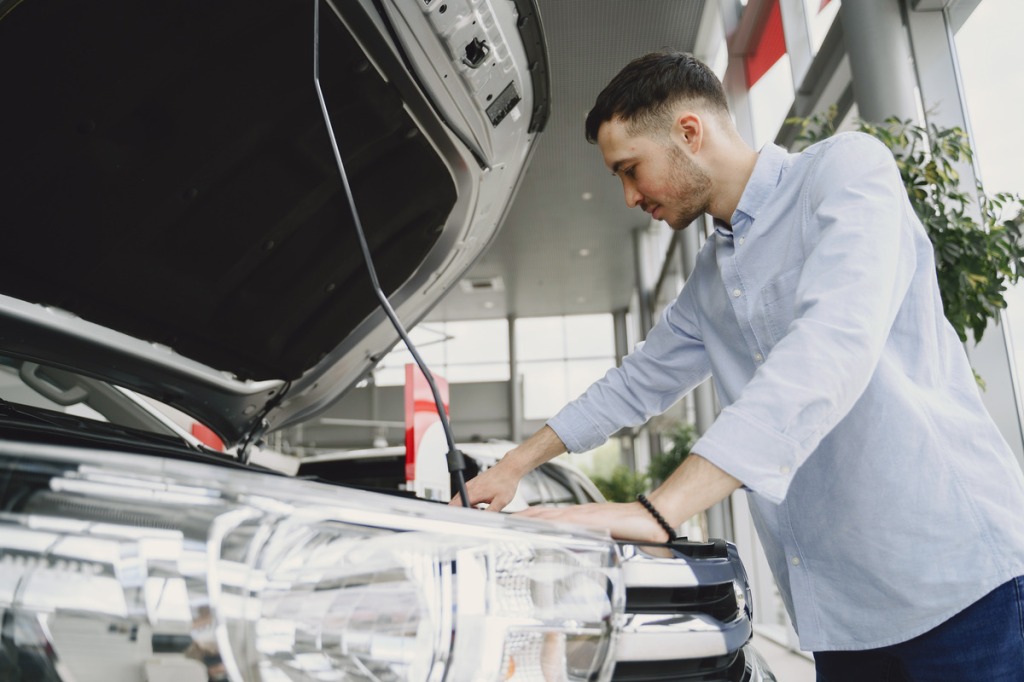
Modern vehicles like the Porsche Cayenne rely heavily on complex electrical systems. Unfortunately, many owners have reported intermittent electrical issues, from faulty sensors to malfunctioning control modules, which can be frustrating and challenging to diagnose.
The Elusive Nature of Electrical Problems
Electrical gremlins can manifest in various ways, such as warning lights on the dashboard or erratic system behavior. These issues can be intermittent, making them even more challenging to pinpoint and resolve.
Potential Culprits
Faulty sensors, wiring harnesses, control modules, or software glitches can contribute to electrical problems. Environmental factors like moisture or extreme temperatures can exacerbate these issues.
Diagnostic Tools and Professional Expertise
Addressing electrical gremlins often requires specialized diagnostic tools and trained technicians' expertise. DIY repairs can be risky and may cause further damage or create new issues.
Porsche Cayenne Suspension Setbacks: Uneven Wear and Handling Concerns

The Porsche Cayenne's impressive handling capabilities are largely attributed to its sophisticated suspension system. However, many owners have reported issues with uneven suspension component wear, leading to compromised handling and potential safety concerns.
The Wear and Tear Dilemma (Yet Again)
Suspension components, such as shocks, struts, and control arms, undergo constant stress and wear during normal driving conditions. Uneven wear can result in excessive body roll, poor cornering stability, and degradation of the Cayenne's renowned performance.
Contributing Factors
Aggressive driving styles, rough road conditions, and improper maintenance can contribute to uneven suspension wear. Manufacturing defects or design flaws can sometimes accelerate the wear process.
Preventive Maintenance and Inspections
Regular suspension inspections and adherence to recommended maintenance schedules can help identify potential issues before they escalate. Addressing worn components promptly can restore the Cayenne's handling characteristics and prevent further damage to related systems.
Porsche Cayenne Transmission Tribulations: Shifting Woes and Fluid Leaks

The transmission is a critical component responsible for transferring power from the engine to the wheels. Several owners have reported transmission-related issues, ranging from erratic shifting to fluid leaks.
Shifting Concerns
Erratic shifting, slipping gears, or hesitation during gear changes can indicate transmission problems. These issues can result from worn clutch packs, faulty solenoids, or low fluid levels.
Fluid Leaks and Contamination
Transmission fluid leaks can reduce lubrication, increase wear, and potentially cause transmission failure if left unaddressed. Contamination of the fluid due to moisture or debris can further exacerbate these issues.
Maintenance and Professional Diagnosis
Regular transmission fluid changes and inspections are crucial to maintaining this vital component's health. If any transmission-related issues arise, seek professional diagnosis and repair from certified technicians to avoid further damage and costly repairs.
Porsche Cayenne Lighting Maladies: Premature Bulb Failure and Electrical Gremlins

Lighting systems are crucial for ensuring visibility and safety while driving, particularly in low-light conditions. However, Porsche Cayenne owners have reported issues with premature bulb failure and electrical gremlins affecting various lighting components.
Premature Bulb Failure
Headlights, taillights, and other exterior lighting elements are designed to have a certain lifespan. However, some Cayenne owners have experienced premature bulb failure, necessitating frequent replacements and potential safety concerns.
Electrical Gremlins (Revisited)
Electrical issues can also manifest as malfunctioning lighting systems. Faulty wiring, control modules, or software glitches can cause intermittent or complete failure of various lighting components, further compounding the problem.
Maintenance and Professional Diagnosis
Regular inspections and adherence to recommended maintenance schedules can help identify potential lighting issues before they escalate. Seeking professional assistance from certified technicians can aid in diagnosing and resolving underlying electrical gremlins affecting the lighting systems.
Porsche Cayenne Infotainment Hiccups: Software Glitches and Connectivity Woes

In the modern automotive world, infotainment systems have become an integral part of the driving experience. Unfortunately, Porsche Cayenne owners have reported various issues with these systems, ranging from software glitches to connectivity problems.
Software Glitches and Freezes
Infotainment systems rely heavily on complex software. Glitches or bugs can cause these systems to freeze, crash, or exhibit erratic behavior, disrupting the user experience and potentially rendering certain features unusable.
Connectivity Challenges
Bluetooth connectivity, USB integration, and wireless internet connections can sometimes be problematic in the Cayenne's infotainment system. These issues can make it difficult to pair devices, stream audio, or access online services seamlessly.
Software Updates and Professional Assistance
Regularly check for and install software updates to address many infotainment system issues. Seeking assistance from certified technicians or authorized dealerships may be necessary to diagnose and resolve persistent software or connectivity problems.
Porsche Cayenne Climate Control Conundrums: Inconsistent Temperatures and Airflow

A well-functioning climate control system is essential for maintaining a comfortable cabin environment, especially during extreme weather conditions. However, some Porsche Cayenne owners have reported issues with inconsistent temperatures and airflow from the HVAC system.
Temperature Fluctuations
Inconsistent cabin temperatures can be frustrating, with some areas feeling too hot or too cold. This issue can be caused by faulty sensors, blocked vents, or refrigerant leaks.
Airflow Imbalances
Uneven airflow distribution can lead to discomfort and difficulty maintaining a consistent temperature throughout the cabin.
Maintenance and Professional Diagnosis
Regular maintenance, including filter replacements and system inspections, can help identify potential issues before they escalate. Seeking professional assistance from certified technicians may be necessary to diagnose and resolve persistent climate control problems, particularly those related to refrigerant leaks or complex system components.
Porsche Cayenne Windshield Wiper Woes: Streaking, Chattering, and Premature Wear

Windshield wipers play a crucial role in ensuring clear visibility during inclement weather. Unfortunately, Porsche Cayenne owners have reported various issues with these seemingly simple components, including streaking, chattering, and premature wear.
Streaking and Chattering
Streaking or chattering wipers can be caused by worn or damaged wiper blades, contaminated windshields, or improper wiper arm tension. These issues can significantly impair visibility and pose a safety risk during rainy or snowy conditions.
Premature Wear
Some Cayenne owners have reported that their wiper blades wear out faster than expected, necessitating frequent replacements. Premature wear can be attributed to environmental conditions, improper maintenance, or faulty wiper motor assemblies.
Maintenance and Replacements
Regular inspections and timely replacement of wiper blades can help mitigate many of these issues. Proper windshield cleaning and maintenance can extend the lifespan of wiper blades and ensure optimal performance during inclement weather.
Porsche Cayenne Paint Protection Perils: Premature Fading, Chipping, and Peeling

The Porsche Cayenne's sleek and sophisticated exterior is a point of pride for many owners. However, some have reported issues with premature paint fading, chipping, or peeling, detracting from the vehicle's overall aesthetic appeal.
Fading and Discoloration
Exposure to harsh environmental conditions, such as intense sunlight or extreme temperatures, can accelerate the fading and discoloration of the Cayenne's paint. This issue is particularly noticeable on lighter-colored vehicles or those frequently parked outdoors.
Chipping and Peeling
Road debris, gravel, and other environmental factors can also contribute to paint chipping or peeling, particularly on vulnerable areas like the front bumper, hood, and fenders. Poor paint application or inadequate surface preparation during manufacturing can exacerbate these issues.
Protective Measures and Professional Attention
Invest in high-quality paint protection films or ceramic coatings to mitigate environmental exposure effects and minimize the risk of paint damage. Seek professional attention from certified detailers or body shops to address severe paint issues and restore the Cayenne's pristine appearance.
Conclusion
By understanding the most common problems affecting the Porsche Cayenne, you can make informed decisions and take proactive measures to ensure a seamless ownership experience. Regular maintenance, timely repairs, and seeking professional assistance when needed can help mitigate many of these issues and preserve the exceptional performance and luxurious driving experience that the Cayenne is renowned for.
Thanks for reading the blog. If you are wondering, how do you find the nearest car garage for car tire repair? Open Google and type car tire repair shop in Manchester and you will find Service My Car at the top to get the best wheel tire repair service in the town.
-
Navigating the Terrain: Common Problems with the Toyota Fortuner

When it comes to SUVs, the Toyota Fortuner stands tall as a reliable companion for both urban commutes and off-road adventures. However, like any vehicle, it's not immune to occasional issues that can arise over time. In this comprehensive guide, we'll explore some common problems that Toyota Fortuner owners may encounter, along with tips on how to address them effectively.
Toyota Fortuner Suspension Concerns

One of the most frequently reported issues with the Toyota Fortuner involves problems with its suspension system. Owners have reported experiencing excessive noise or clunking sounds when driving over bumps or rough terrain. This issue can often be attributed to worn-out suspension components such as bushings, shock absorbers, or ball joints. Over time, these parts can deteriorate due to regular wear and tear, leading to a compromised driving experience.
Solution: If you notice any unusual noises or vibrations coming from your Fortuner's suspension, it's essential to have it inspected by a qualified mechanic. Depending on the severity of the issue, repairs may involve replacing worn-out components or performing a comprehensive suspension overhaul.
Toyota Fortuner Engine Performance Issues

While the Toyota Fortuner is known for its robust engine performance, some owners have reported encountering problems such as loss of power, rough idling, or engine stalling. These issues can be attributed to various factors, including fuel system issues, ignition problems, or engine sensor malfunctions. Left unaddressed, engine performance issues can lead to reduced fuel efficiency and drivability concerns.
Solution: If you experience any engine-related problems with your Fortuner, it's essential to have it diagnosed by a qualified mechanic. A comprehensive engine inspection can help identify the root cause of the issue, whether it's a faulty sensor, clogged fuel injector, or ignition system malfunction. Timely repairs and regular maintenance can help ensure optimal engine performance and longevity.
Toyota Fortuner Electrical System Malfunctions

Another common issue reported by Toyota Fortuner owners involves electrical system malfunctions, such as malfunctioning power windows, faulty central locking, or intermittent dashboard warning lights. These problems can be caused by a variety of factors, including wiring issues, faulty switches, or failing electronic components. Electrical gremlins can be particularly frustrating to diagnose and repair, requiring the expertise of a skilled technician.
Solution: If you're experiencing electrical problems with your Fortuner, it's essential to have the vehicle's electrical system inspected by a qualified technician. A comprehensive diagnostic scan can help identify any underlying issues, allowing for targeted repairs or component replacements as needed. Additionally, regular maintenance and inspections can help prevent electrical problems before they occur.
Toyota Fortuner Transmission Troubles

Some Toyota Fortuner owners have reported experiencing transmission-related issues, such as rough shifting, delayed engagement, or transmission fluid leaks. These problems can be attributed to various factors, including worn-out clutch plates, damaged seals, or transmission fluid contamination. Left unaddressed, transmission issues can lead to costly repairs and potential drivability concerns.
Solution: If you notice any signs of transmission trouble with your Fortuner, it's essential to have it inspected by a qualified mechanic. A thorough transmission inspection can help identify any underlying issues, whether it's worn-out components or fluid leaks. Depending on the severity of the problem, repairs may involve replacing damaged parts or performing a transmission fluid flush and refill.
Toyota Fortuner Brake System Deficiencies

Brake system issues are another common concern among Toyota Fortuner owners, with reports of problems such as brake pedal pulsation, premature brake pad wear, or brake fluid leaks. These issues can compromise the vehicle's braking performance and safety, posing a significant risk to driver and passenger safety.
Solution: If you experience any brake-related problems with your Fortuner, it's crucial to have the vehicle's braking system inspected by a qualified technician. A comprehensive brake inspection can help identify any underlying issues, whether it's worn-out brake pads, damaged rotors, or leaking brake lines. Timely repairs and regular brake maintenance can help ensure optimal braking performance and safety.
Toyota Fortuner Air Conditioning Issues

Some Toyota Fortuner owners have reported encountering problems with the vehicle's air conditioning system, such as inadequate cooling, unusual odors, or intermittent operation. These issues can be caused by various factors, including refrigerant leaks, compressor malfunctions, or faulty HVAC controls. A malfunctioning air conditioning system can compromise passenger comfort, especially during hot weather conditions.
Solution: If you notice any issues with your Fortuner's air conditioning system, it's essential to have it inspected by a qualified technician. A comprehensive inspection can help identify any leaks, damaged components, or electrical issues affecting the system's performance. Depending on the diagnosis, repairs may involve refrigerant recharging, component replacement, or system recalibration to restore optimal cooling performance.
Toyota Fortuner Rust and Corrosion

Over time, some Toyota Fortuner owners may notice the onset of rust or corrosion on various exterior and underbody components, particularly in regions with harsh weather conditions or high humidity levels. Common areas prone to rusting include the vehicle's frame, suspension components, and body panels. Rust and corrosion can compromise the structural integrity of the vehicle, leading to safety concerns and aesthetic deterioration.
Solution: Preventive maintenance and proactive rust protection measures can help mitigate the risk of rust and corrosion on your Fortuner. Regular washing and waxing can help protect the vehicle's exterior surfaces from corrosive elements, while applying rust-inhibiting coatings to vulnerable areas can provide an additional layer of protection. Additionally, addressing any paint chips or scratches promptly can help prevent rust from spreading and causing further damage. If significant rust or corrosion is present, professional rust repair and restoration may be necessary to address the issue effectively.
Conclusion
While the Toyota Fortuner is undoubtedly a capable and reliable SUV, it's essential for owners to be aware of potential issues that may arise over time. By staying vigilant and addressing problems promptly, you can help ensure that your Fortuner remains in peak condition for years to come. Whether it's suspension concerns, engine performance issues, electrical system malfunctions, transmission troubles, or brake system deficiencies, proactive maintenance and timely repairs are key to keeping your Fortuner running smoothly on and off the road.
Thanks for reading the blog. If you are wondering, how do you find the nearest car garage for car alternator repair? Open Google and type cost to replace alternator in Manchester and you will find Service My Car at the top to get the best car alternator repair service in the town.
-
Navigating Toyota Fortuner Common Problems and Practical Solutions
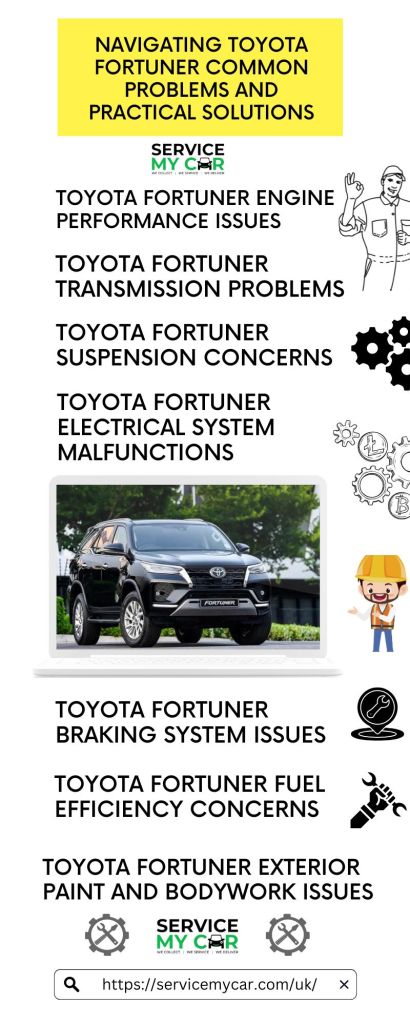
The Toyota Fortuner has long been a stalwart in the SUV market, prized for its rugged durability, off-road capabilities, and spacious interiors. However, like any vehicle, it's not immune to issues that can arise over time. In this comprehensive guide, we'll delve into some of the common problems encountered by Toyota Fortuner owners and provide practical solutions to address them.
Toyota Fortuner Engine Performance Issues

Problem: Some Fortuner owners have reported issues with engine performance, including loss of power, rough idling, and unusual noises.
Solution: Regular maintenance, including timely oil changes, air filter replacements, and spark plug checks, can help prevent engine problems. If issues persist, a thorough inspection by a certified mechanic is recommended to diagnose and address any underlying issues, such as faulty sensors or fuel system problems.
Toyota Fortuner Transmission Problems

Problem: Transmission problems, such as rough shifting, slipping gears, or transmission fluid leaks, have been reported by some Fortuner owners.
Solution: Maintaining proper transmission fluid levels and following manufacturer recommended transmission service intervals can help prevent transmission issues. If problems arise, it's crucial to have the transmission system inspected by a qualified technician to identify and resolve any issues promptly.
Toyota Fortuner Suspension Concerns
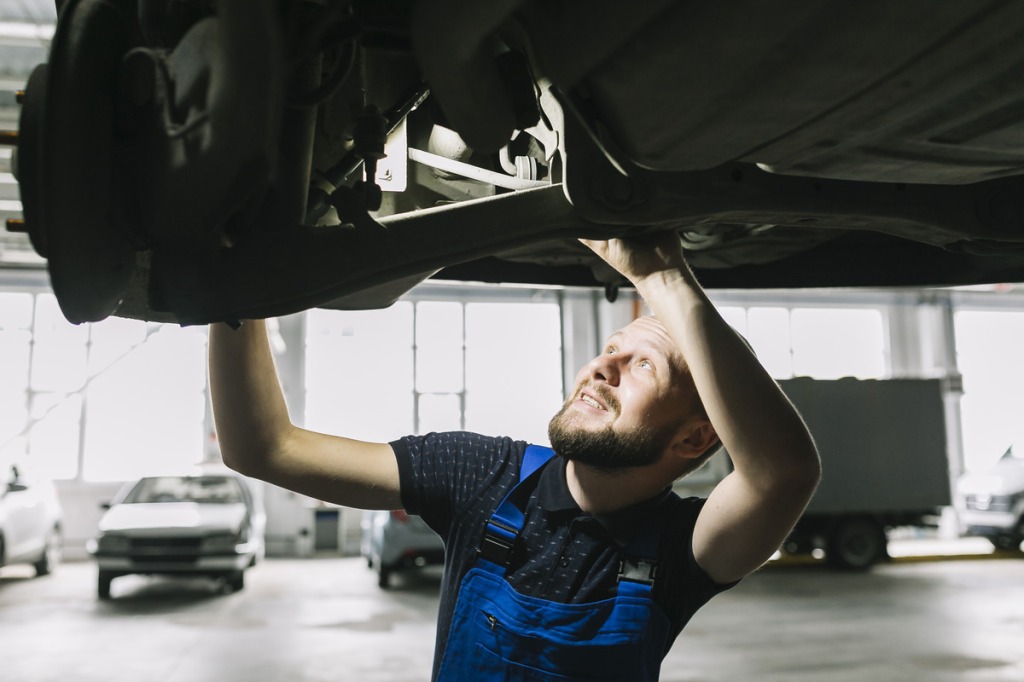
Problem: Suspension issues, including excessive bouncing, uneven tire wear, and noisy suspension components, have been experienced by some Fortuner owners.
Solution: Regular inspection of suspension components, such as shocks, struts, and bushings, can help identify and address potential problems early on. Replacing worn-out suspension parts and ensuring proper wheel alignment and tire balance can help improve ride quality and reduce wear on suspension components.
Toyota Fortuner Electrical System Malfunctions
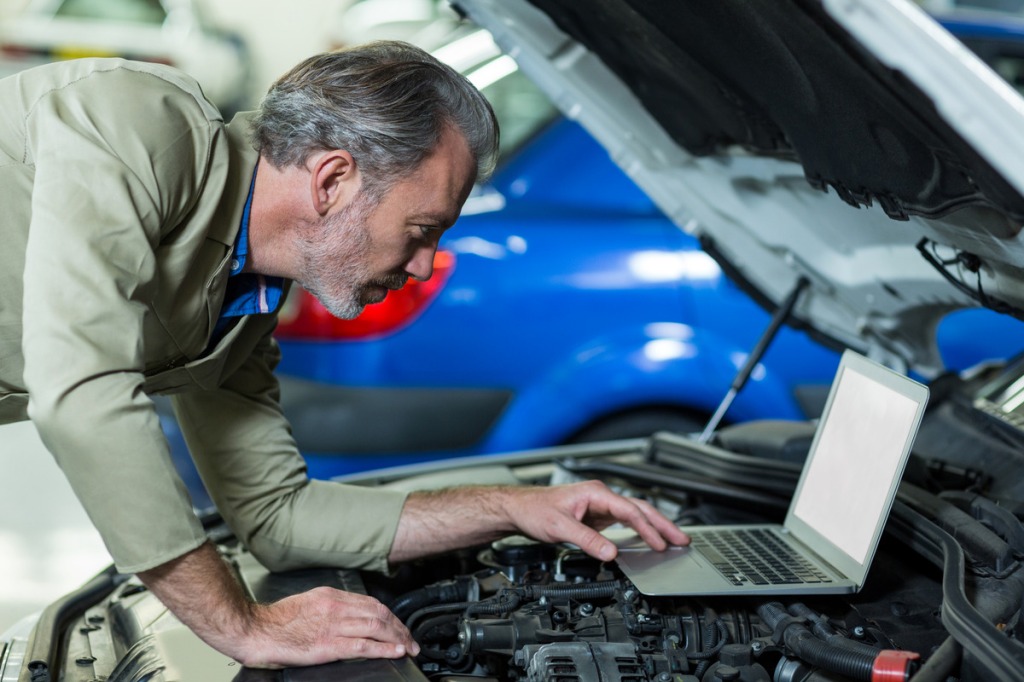
Problem: Electrical system malfunctions, such as faulty wiring, dead batteries, and malfunctioning sensors, have been reported by Fortuner owners.
Solution: Regularly checking the battery, alternator, and electrical connections can help prevent electrical issues. If electrical problems persist, it's advisable to have the vehicle inspected by a professional technician with expertise in automotive electrical systems to diagnose and repair any underlying issues.
Toyota Fortuner Braking System Issues
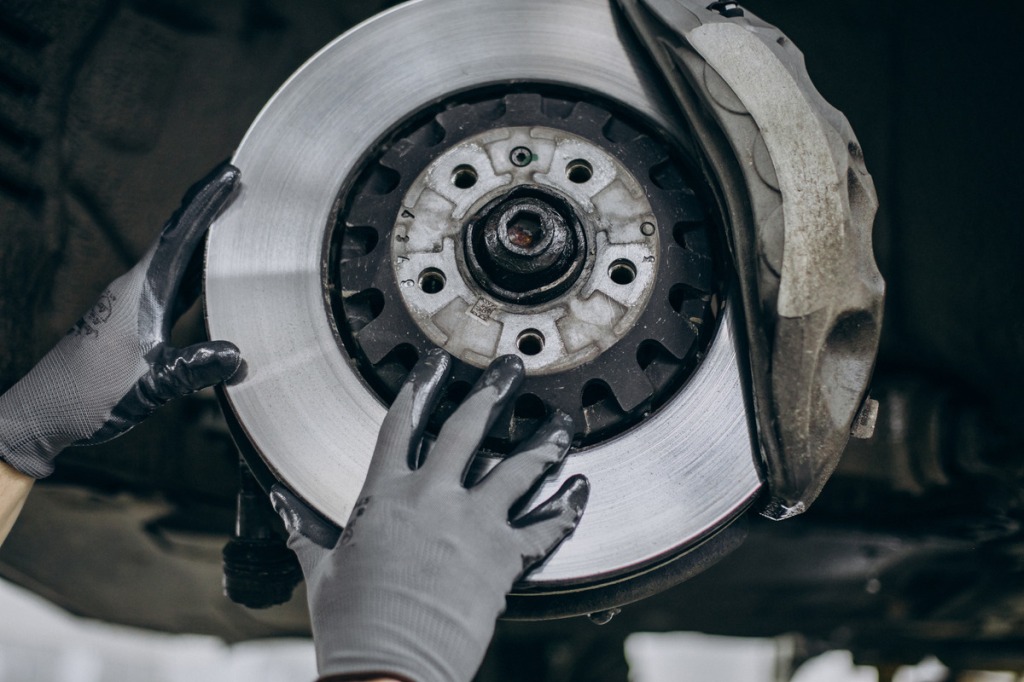
Problem: Some Fortuner owners have experienced braking system problems, including brake pedal pulsation, brake fluid leaks, and premature brake wear.
Solution: Regular brake inspections and maintenance, including brake pad replacements, brake fluid flushes, and rotor resurfacing or replacement as needed, can help ensure optimal braking performance and safety. Addressing brake system issues promptly can prevent more extensive damage and ensure reliable braking performance.
Toyota Fortuner Fuel Efficiency Concerns
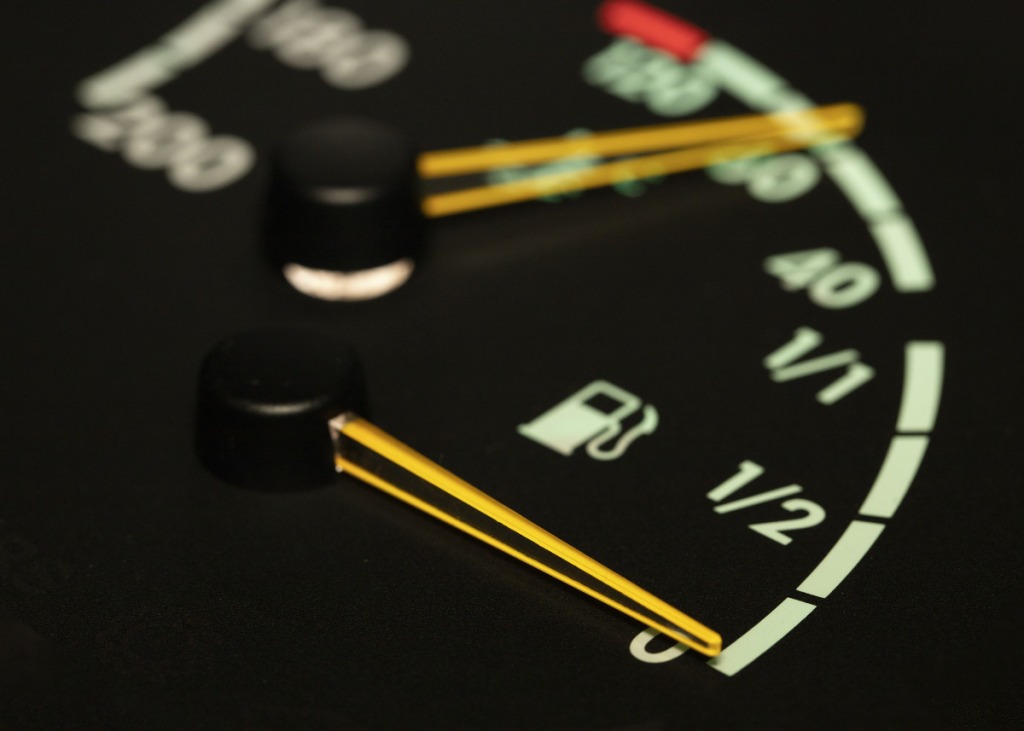
Problem: Some Toyota Fortuner owners have noticed decreased fuel efficiency over time, leading to increased fuel costs and decreased driving range.
Solution: To improve fuel efficiency, ensure regular maintenance of the vehicle, including proper tire inflation, clean air filters, and adherence to recommended driving habits. Additionally, consider using high-quality fuel and avoiding excessive idling or aggressive driving, which can contribute to decreased fuel economy.
Toyota Fortuner Exterior Paint and Bodywork Issues

Problem: Fortuner owners have reported issues with paint peeling, rust formation, and bodywork corrosion, particularly in regions with harsh weather conditions or frequent exposure to road salt.
Solution: To prevent exterior paint and bodywork issues, regularly wash and wax the vehicle to protect the paint from environmental contaminants and UV damage. Address any scratches or chips promptly to prevent rust formation. Additionally, consider applying a rust inhibitor or protective coating to vulnerable areas of the vehicle, such as the undercarriage and wheel wells, to minimize corrosion.
Conclusion
While the Toyota Fortuner is known for its reliability and durability, it's essential for owners to be aware of potential issues that may arise over time. By staying proactive with maintenance and addressing problems promptly, Fortuner owners can ensure their vehicles remain in top condition for years to come. Remember, regular servicing by qualified professionals and genuine replacement parts are crucial for maintaining the integrity and performance of your Toyota Fortuner.
Thanks for reading the blog. If you are wondering, how do you find the nearest car garage for car vehicle alignment? Open Google and type cheap vehicle alignment in Manchester and you will find Service My Car at the top to get the best car vehicle alignment in the town.
-
Exploring Common Problems with the BMW 5 Series and Solutions
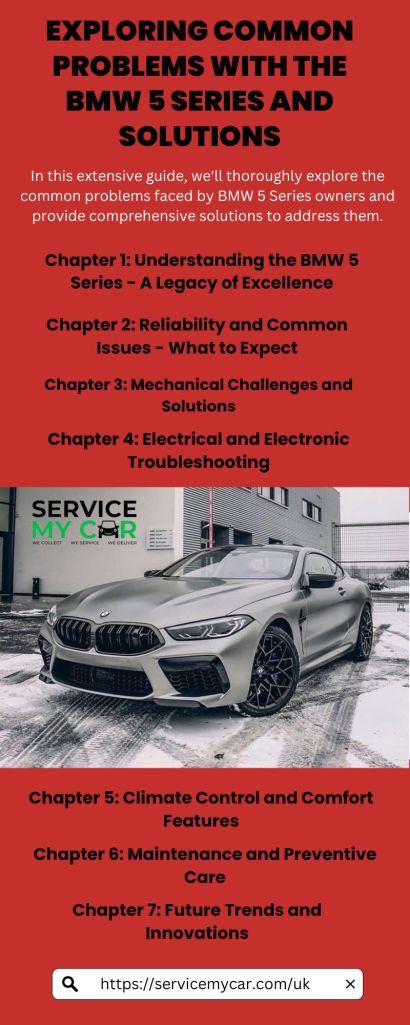
The BMW 5 Series stands as a quintessential symbol of luxury, performance, and engineering excellence. However, even the most meticulously crafted vehicles may encounter issues that affect their performance and reliability. In this extensive guide, we'll thoroughly explore the common problems faced by BMW 5 Series owners and provide comprehensive solutions to address them. Whether you're a proud owner or considering investing in a BMW 5 Series, this guide will equip you with the knowledge needed to navigate potential challenges and ensure a seamless driving experience.
Chapter 1: Understanding the BMW 5 Series - A Legacy of Excellence
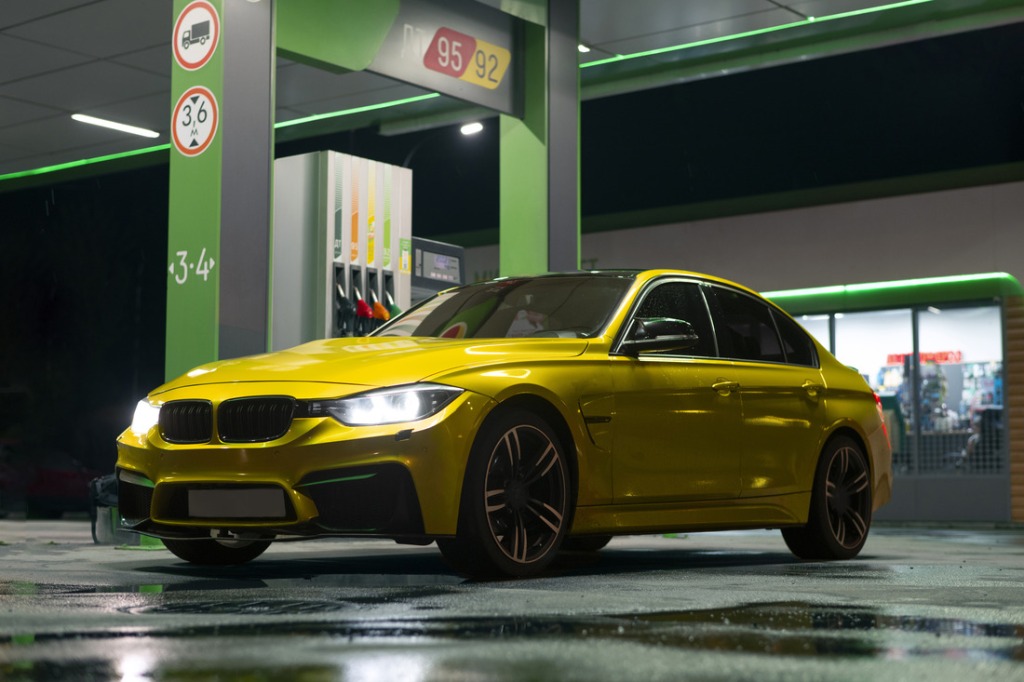
Introduction to the BMW 5 Series: A flagship model renowned for its superior craftsmanship, cutting-edge technology, and dynamic performance.
Evolution of the BMW 5 Series: Tracing the lineage of the 5 Series through generations, highlighting key milestones and advancements.
Design and Engineering: Delving into the meticulous design and engineering processes that make the BMW 5 Series a standout in the luxury sedan segment.
Chapter 2: Reliability and Common Issues - What to Expect
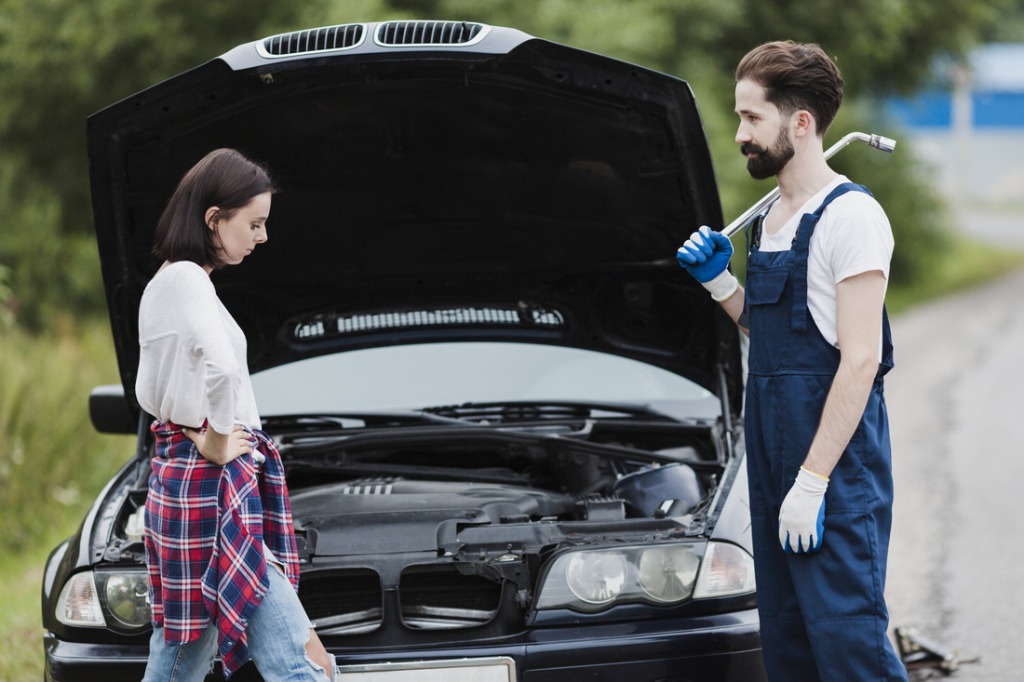
Reliability of the BMW 5 Series: Exploring the reputation of BMW vehicles for reliability and longevity, with insights into common issues faced by owners.
Technical Complexities: Understanding the intricate systems and components of the BMW 5 Series that may contribute to potential issues.
Common Problems: Identifying and discussing prevalent issues reported by BMW 5 Series owners, ranging from mechanical to electrical challenges.
Chapter 3: Mechanical Challenges and Solutions
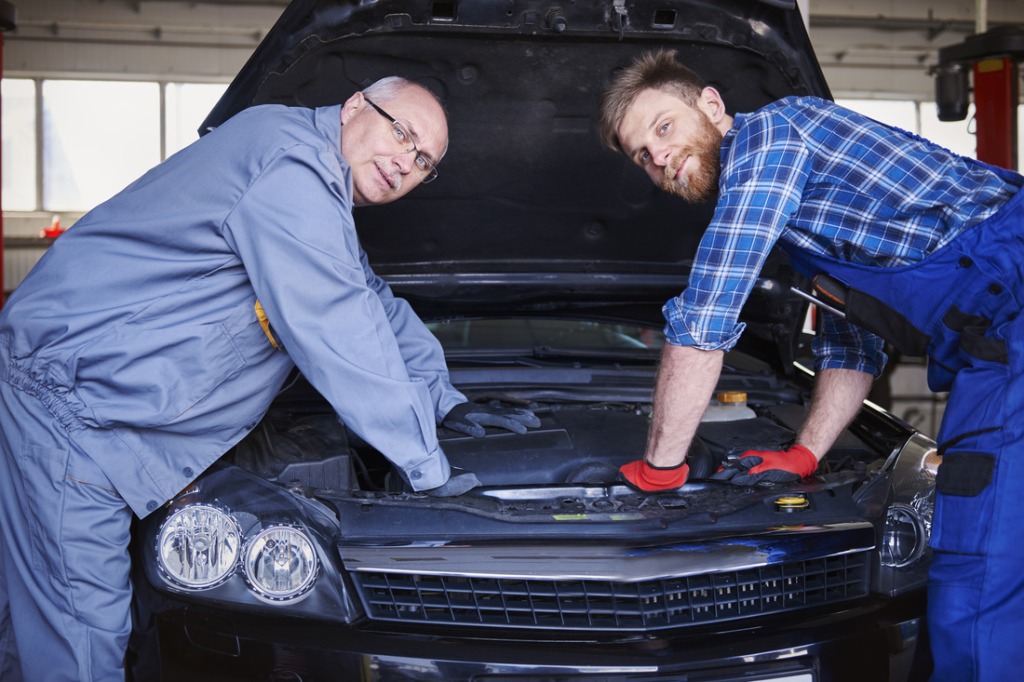
Engine and Transmission Issues: Addressing common mechanical problems such as engine overheating, transmission failures, and irregular engine performance.
Suspension and Steering: Exploring issues related to suspension components, steering mechanisms, and their impact on driving dynamics.
Braking System: Discussing brake-related issues and the importance of regular maintenance to ensure optimal braking performance and safety.
Chapter 4: Electrical and Electronic Troubleshooting
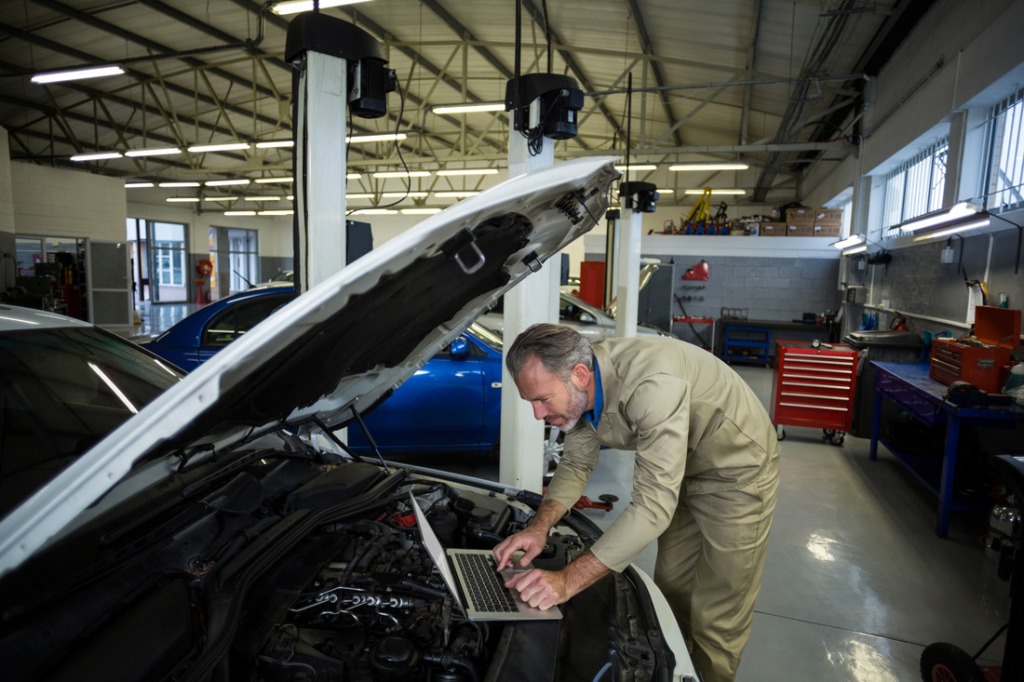
Battery and Charging System: Examining issues related to battery failure, charging system malfunctions, and strategies for diagnosing and resolving electrical faults.
Infotainment and Connectivity: Discussing common problems with the infotainment system, navigation, and connectivity features, along with troubleshooting tips.
Lighting and Sensors: Exploring issues with exterior and interior lighting, sensor malfunctions, and the role of advanced driver-assistance systems (ADAS) in modern BMWs.
Chapter 5: Climate Control and Comfort Features

Air Conditioning and Heating: Addressing common issues with the HVAC system, including inadequate cooling or heating, refrigerant leaks, and compressor failures.
Comfort and Convenience: Discussing problems with power seats, sunroof operation, and other comfort features, and strategies for resolving them.
Chapter 6: Maintenance and Preventive Care
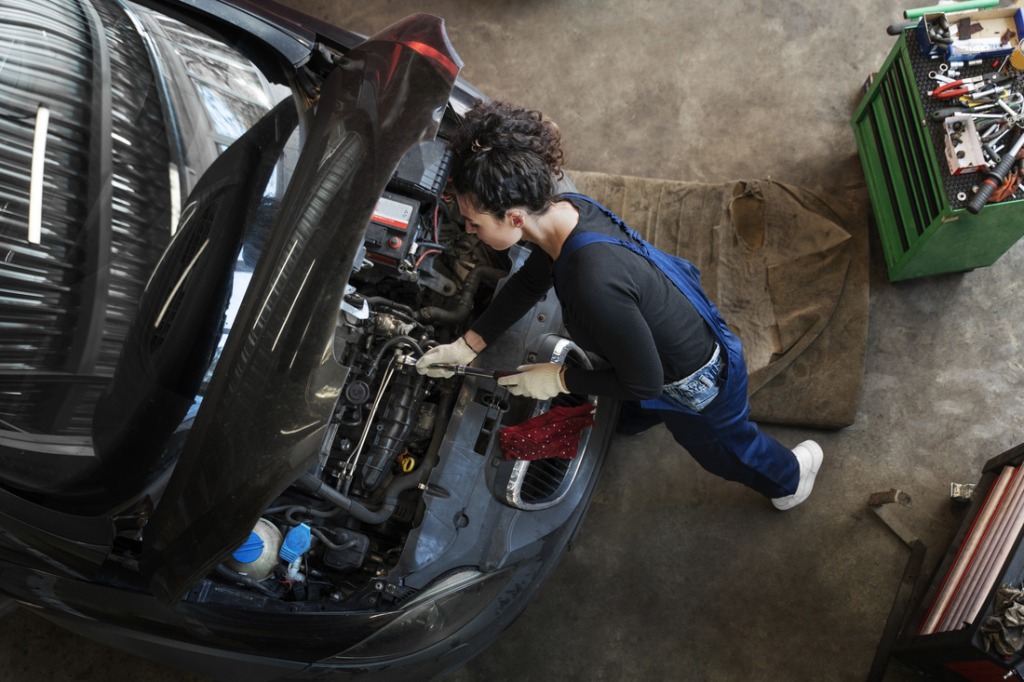
Routine Maintenance: Outlining the importance of adhering to manufacturer-recommended maintenance schedules and conducting regular inspections to prevent potential problems. DIY vs. Professional Service: Discussing when to perform DIY maintenance tasks and when to seek professional assistance from certified BMW technicians.
Genuine Parts and Accessories: Emphasizing the significance of using genuine BMW parts and accessories for repairs and upgrades to maintain vehicle integrity and performance.
Chapter 7: Future Trends and Innovations
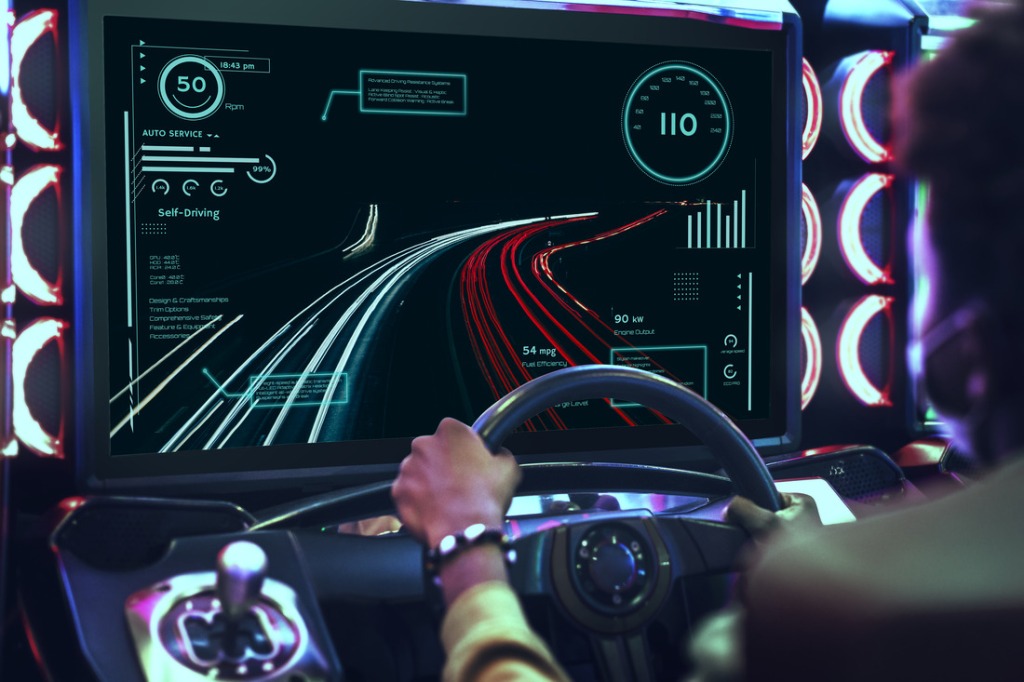
Advanced Technologies: Exploring emerging trends and innovations in automotive technology, including electrification, autonomous driving, and connectivity features, and their potential impact on future BMW 5 Series models.
Sustainability and Environmental Responsibility: Discussing BMW's commitment to sustainability and efforts to integrate eco-friendly technologies into their vehicles.
Conclusion:
In conclusion, the BMW 5 Series exemplifies the pinnacle of luxury, performance, and innovation in the automotive world. While no vehicle is immune to issues, armed with the knowledge and solutions provided in this guide, BMW 5 Series owners can navigate challenges effectively and ensure a smooth driving experience. By prioritizing regular maintenance, utilizing genuine parts, and staying informed about advancements in automotive technology, owners can continue to enjoy the unparalleled driving experience offered by the BMW 5 Series for years to come.
Thanks for reading the blog. If you are wondering, how do you find the nearest car garage for car transmission repair? Open Google and type transmission repair in Manchester and you will find Service My Car at the top to get the best car transmission repair service in the town.
-
A Comprehensive Guide to Land Rover LR4: Common Problems and Best Years to Buy
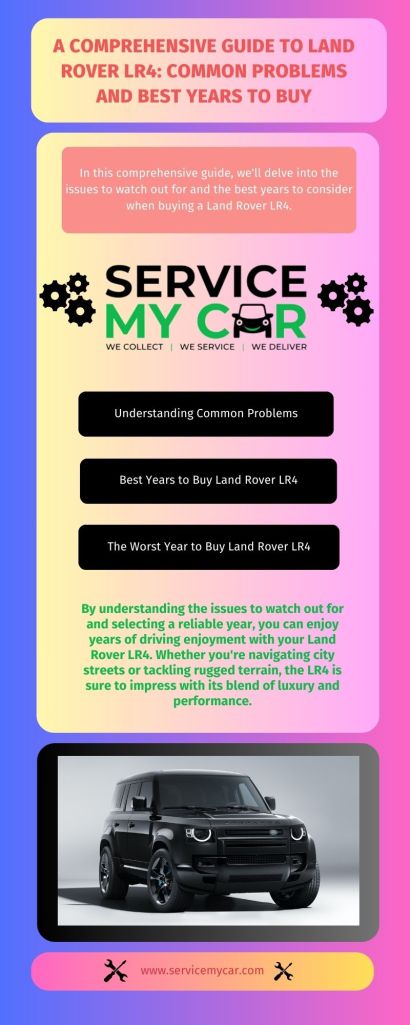
If you're in the market for a Land Rover LR4, you're likely drawn to its reputation for luxury and off-road prowess. However, like any vehicle, the LR4 has its share of common problems and standout years. In this comprehensive guide, we'll delve into the issues to watch out for and the best years to consider when buying a Land Rover LR4.
Understanding Common Problems

Before making a purchase, it's crucial to familiarize yourself with the common issues that LR4 owners often encounter. These problems can vary from year to year but may include:
Electrical System Malfunctions: Some LR4 models have been plagued by electrical system failures, leading to issues with various components such as lights, sensors, and entertainment systems.
Engine Troubles: Engine failures or performance issues have been reported in certain LR4 vehicles. These can range from minor annoyances to more serious mechanical issues requiring extensive repairs.
Transmission Problems: Transmission troubles, including rough shifting or complete failure, have been noted in some LR4 models. These issues can be costly to repair and may affect the vehicle's drivability.
Suspension and Steering Failures: Owners have reported problems with the LR4's suspension and steering systems, including leaks, squeaks, and premature wear. These issues can impact ride quality and safety.
Best Years to Buy Land Rover LR4

While the Land Rover LR4 has faced its share of challenges, there are also standout years known for their reliability and performance. If you're considering purchasing an LR4, here are some of the best years to keep in mind:
- Land Rover LR4: The 2011 LR4 is praised for its refined design and improved reliability compared to earlier models. It offers a good balance of features and performance, making it a popular choice among buyers.
- Land Rover LR4: Similar to the 2011 model, the 2012 LR4 continues to impress with its robust construction and capable off-road capabilities. It's a solid option for those seeking a dependable luxury SUV.
- Land Rover LR4: The 2013 LR4 receives high marks for its updated technology and enhanced driving dynamics. It remains a top contender in its class, offering a comfortable ride both on and off the road.
- Land Rover LR4: With its refined interior and improved fuel efficiency, the 2014 LR4 is a standout choice for buyers seeking a well-rounded luxury SUV. It boasts strong performance and a host of advanced features.
The Worst Year to Buy Land Rover LR4

In the world of automotive enthusiasts, discussions about the Land Rover LR4 often touch upon its rugged elegance, luxurious interior, and impressive off-road capabilities. However, amidst the praise, there lies a cautionary tale – the worst year for the Land Rover LR4.
The Troubled Year 2015: Among the various model years of the Land Rover LR4, 2015 stands out as a year fraught with challenges and disappointments for both owners and enthusiasts alike. What went wrong, you might ask? Let's delve into the reasons why 2015 is regarded as the LR4's nadir.
Recall Woes: One of the primary reasons behind the tarnished reputation of the 2015 Land Rover LR4 lies in its numerous recalls. These recalls encompassed a wide array of critical components, ranging from the fuel system to the electrical system and even the wheels.
Fuel System Issues: Among the recalls that plagued the 2015 LR4, issues with the fuel system were particularly concerning. Owners reported various problems, including leaks and fuel pump failures, which not only posed safety hazards but also led to costly repairs and potential engine damage.
Electrical System Failures: Another Achilles' heel of the 2015 LR4 was its electrical system, which exhibited a propensity for malfunctions and failures. From glitchy infotainment screens to malfunctioning sensors and intermittent electrical shorts, these issues contributed to a frustrating ownership experience for many LR4 owners.
Wheel Woes: In addition to the fuel and electrical system woes, 2015 LR4 owners also faced challenges with their wheels. Reports of cracked or warped wheels were not uncommon, leading to concerns about safety and the overall integrity of the vehicle's drivetrain.
The Verdict: A Year to Avoid: Considering the litany of recalls and the myriad of problems reported by owners, it's clear that 2015 was a year to avoid for prospective Land Rover LR4 buyers. While the LR4 may have redeeming qualities in other model years, the 2015 iteration serves as a cautionary tale about the perils of purchasing a vehicle during its troubled production cycle.
Conclusion

The Land Rover LR4 is a capable and stylish SUV that appeals to a wide range of drivers. However, like any vehicle, it's essential to be aware of common problems and choose the best model year for your needs.
By understanding the issues to watch out for and selecting a reliable year, you can enjoy years of driving enjoyment with your Land Rover LR4. Whether you're navigating city streets or tackling rugged terrain, the LR4 is sure to impress with its blend of luxury and performance.
Thanks for reading the blog. If you are wondering, how do you find the nearest car garage for car mot test? Open Google and type mot test garage in Manchester and you will find Service My Car at the top to get the best car mot test service in the town.
-
Hummer H2 Common Issues and Effective Solutions
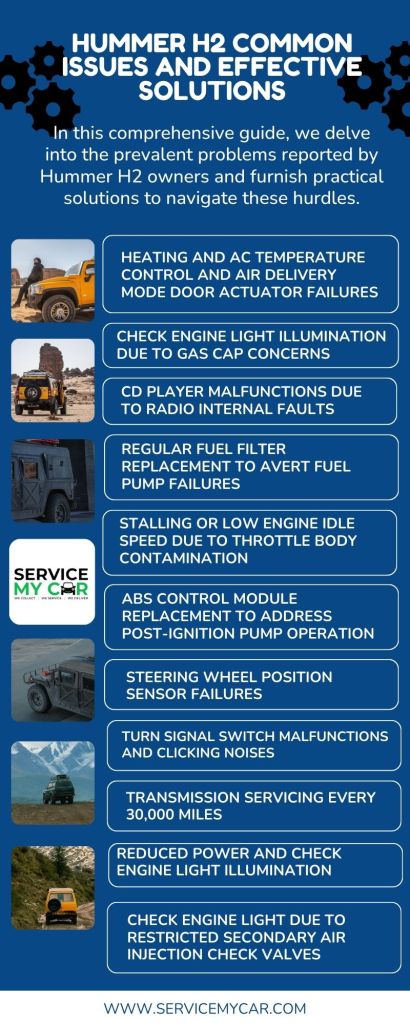
The Hummer H2 stands tall as a rugged and formidable SUV, capturing the hearts of off-road enthusiasts worldwide. Yet, like any mechanical marvel, it faces its share of challenges. In this comprehensive guide, we delve into the prevalent problems reported by Hummer H2 owners and furnish practical solutions to navigate these hurdles. Whether you're already a proud owner or contemplating acquiring one, this compendium offers invaluable insights into what to anticipate and how to tackle potential issues head-on.
Heating and AC Temperature Control and Air Delivery Mode Door Actuator Failures
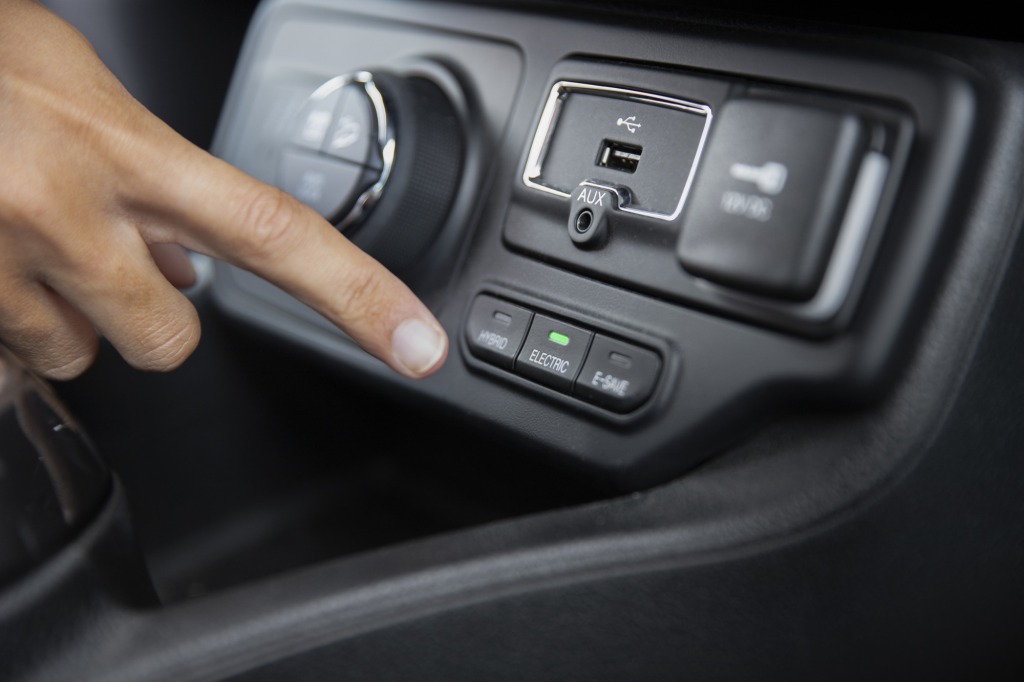
Among the most recurrent complaints with the Hummer H2 is the malfunction of the heating and AC temperature control, along with the air delivery mode door actuators. This glitch often leads to an inability to regulate cabin temperature and airflow direction, causing frustration for many owners. To address this, engaging a qualified technician to replace the faulty actuators is advisable. Additionally, regular upkeep and system inspections can nip potential issues in the bud before they escalate.
Check Engine Light Illumination Due to Gas Cap Concerns
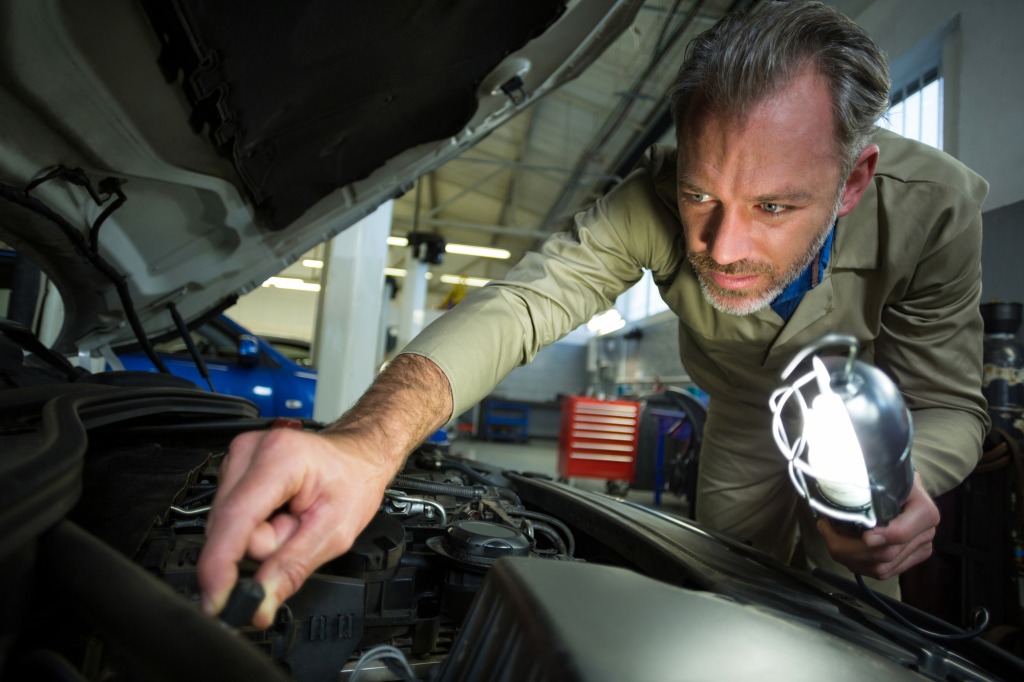
Another prevalent issue reported by Hummer H2 owners is the illumination of the check engine light stemming from gas cap problems. A loose or damaged gas cap can lead to fuel vapor leakage, triggering the onboard diagnostic system. If the check engine light appears, ensuring the gas cap is tightly secured is the first step. If the issue persists, seeking professional inspection of the fuel system is prudent to detect any leaks or underlying issues.
CD Player Malfunctions Due to Radio Internal Faults
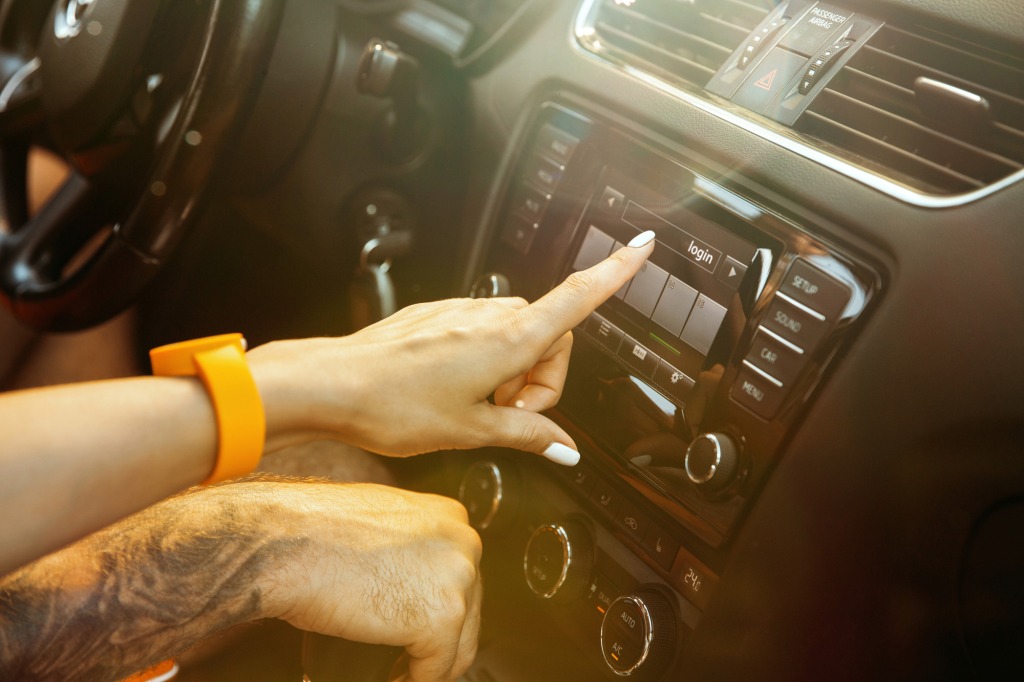
Many Hummer H2 owners encounter challenges with the CD player, often failing due to internal faults within the radio system. This malfunction manifests as difficulty playing CDs or intermittent glitches during playback. If your CD player exhibits such behavior, consulting an experienced audio technician for inspection and repair is recommended. In some cases, replacing the radio unit may be necessary to rectify the issue.
Regular Fuel Filter Replacement to Avert Fuel Pump Failures
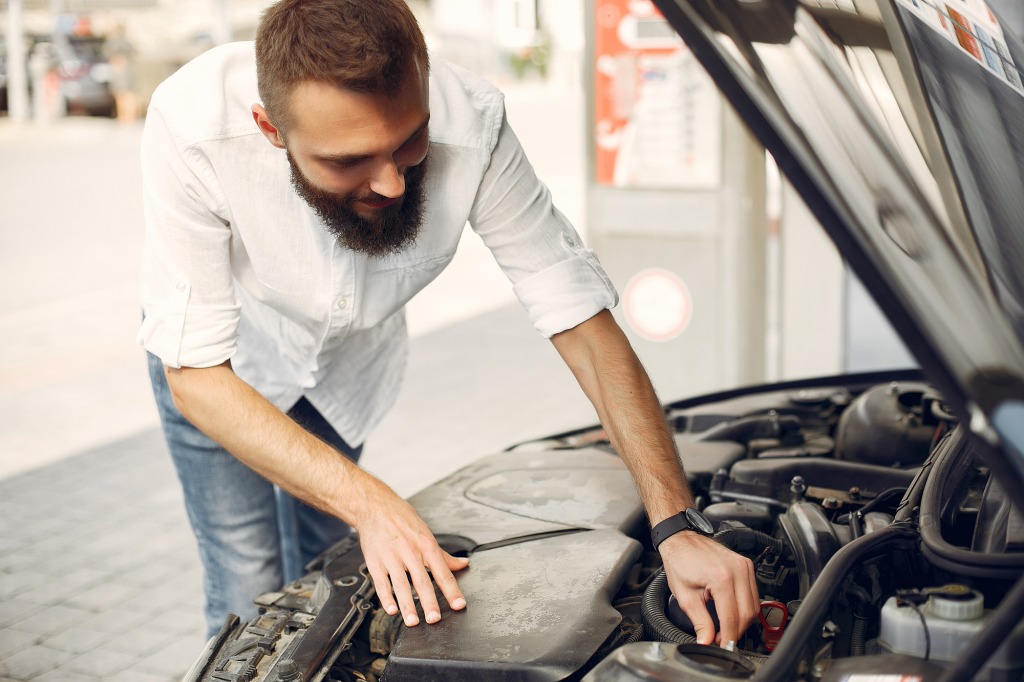
To safeguard against fuel pump failures, it's imperative for Hummer H2 owners to adhere to a 30,000-mile interval for fuel filter replacement. Over time, debris and contaminants can clog the fuel filter, impeding fuel flow and exerting strain on the fuel pump. Consistent maintenance and adherence to service intervals are paramount in preventing fuel pump failures. Consult your owner's manual or seek guidance from a certified mechanic for the appropriate replacement schedule.
Stalling or Low Engine Idle Speed Due to Throttle Body Contamination
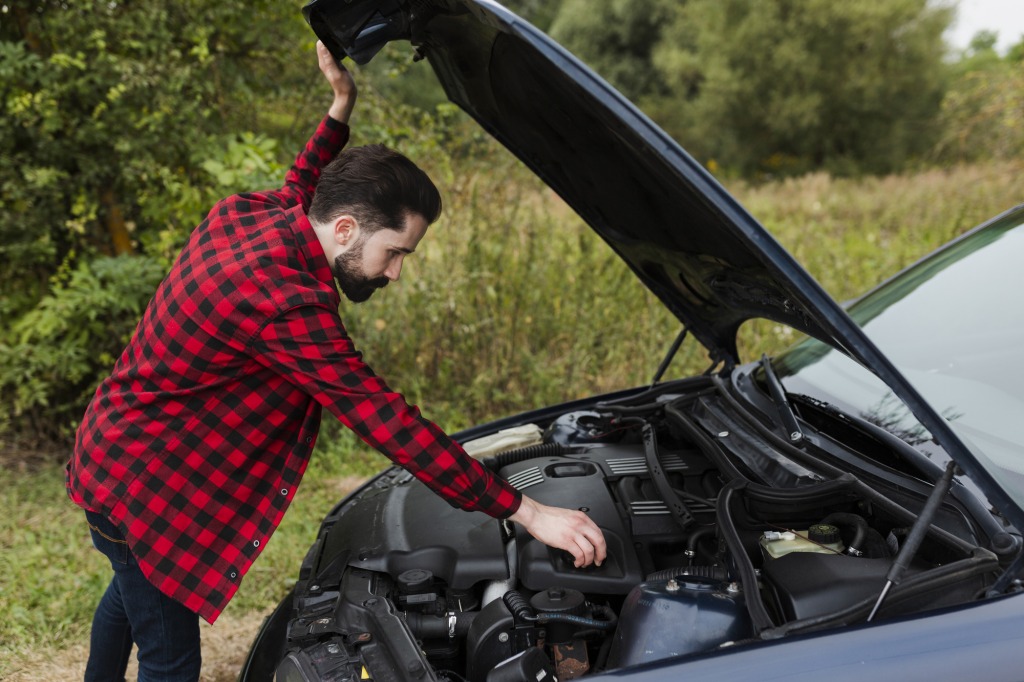
Dirty throttle bodies pose a common culprit for stalling or low engine idle speed in Hummer H2 vehicles. Carbon deposits or debris accumulation can disrupt airflow regulation, leading to engine performance issues. Regular throttle body cleaning is essential to mitigate stalling and maintain optimal engine idle speed. Refer to your owner's manual for detailed cleaning instructions or enlist the expertise of a qualified mechanic for assistance.
ABS Control Module Replacement to Address Post-Ignition Pump Operation
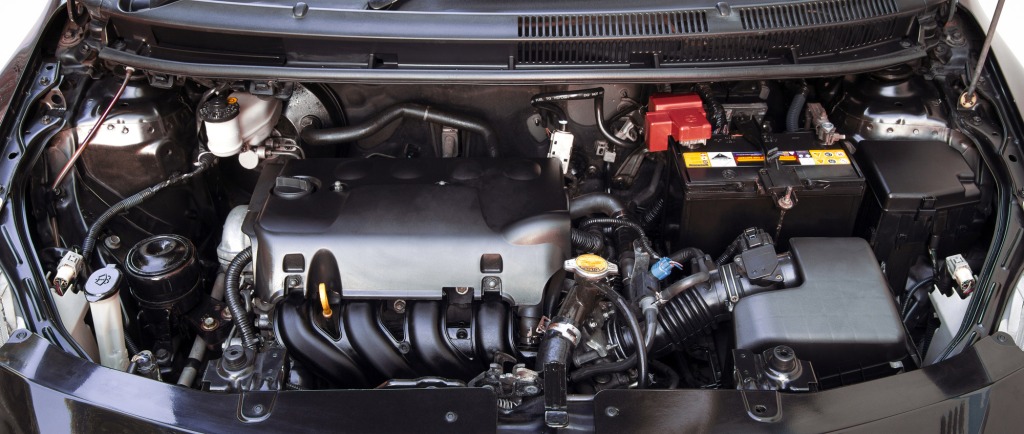
In certain Hummer H2 vehicles, ABS control module failures can cause the pump to operate even after ignition shutdown, resulting in battery drain and potential ABS system damage. Prompt replacement of the ABS control module by a professional technician is recommended to rectify this issue. Routine ABS system inspections can aid in early detection of potential malfunctions.
Steering Wheel Position Sensor Failures

Failures of the steering wheel position sensor present a significant concern for Hummer H2 owners, as they have the potential to compromise vehicle control and safety. It is highly advisable to promptly inspect and, if necessary, replace the sensor if any steering wheel position issues arise. Regular, thorough maintenance and inspections of the steering system play a crucial role in proactively identifying and resolving potential problems before they escalate.
Turn Signal Switch Malfunctions and Clicking Noises
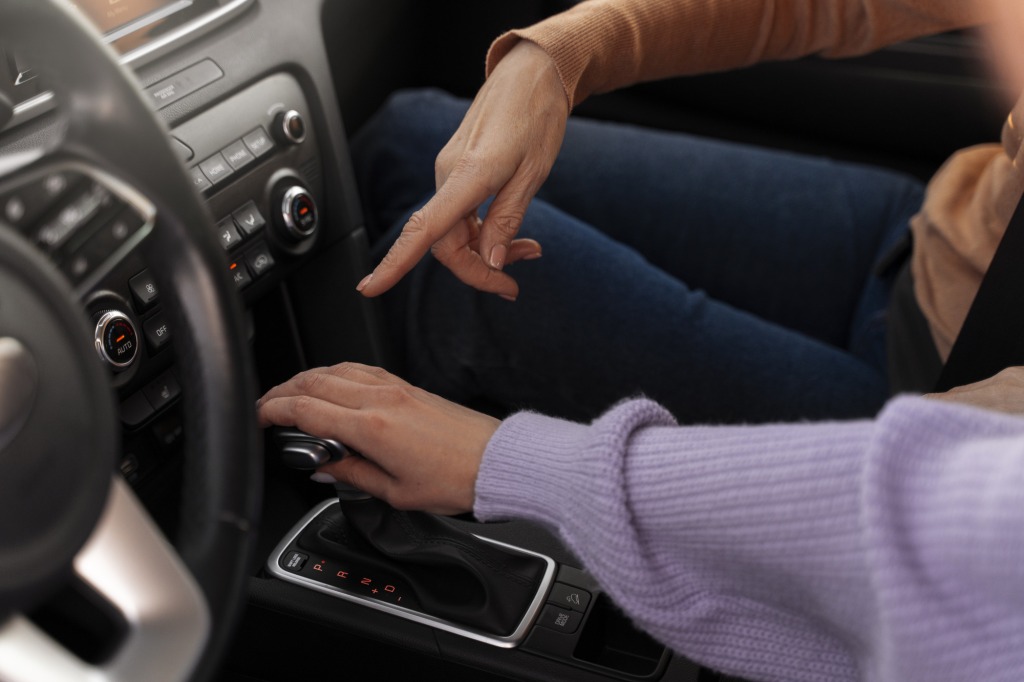
Hummer H2 owners have reported turn signal switch malfunctions accompanied by clicking noises, posing safety hazards. If abnormal clicking noises or turn signal issues arise, prompt inspection and replacement of the turn signal switch by a qualified technician are recommended. Regular electrical system inspections can help preempt potential malfunctions.
Transmission Servicing Every 30,000 Miles
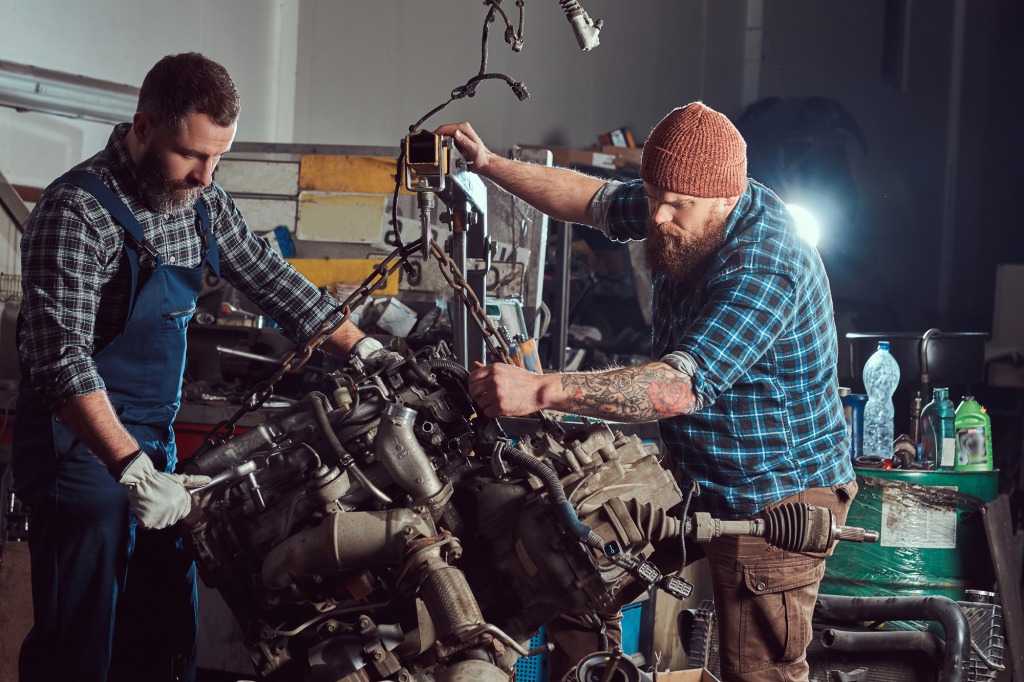
Ensuring the longevity and optimal performance of your Hummer H2's transmission entails regular servicing every 30,000 miles. This crucial maintenance practice involves fluid changes, filter replacements, and comprehensive inspections to detect and address any potential issues. By adhering to this recommended service interval, you can mitigate the risk of costly transmission repairs and ensure smooth operation, thus preserving the reliability and durability of your vehicle for years to come.
Reduced Power and Check Engine Light Illumination
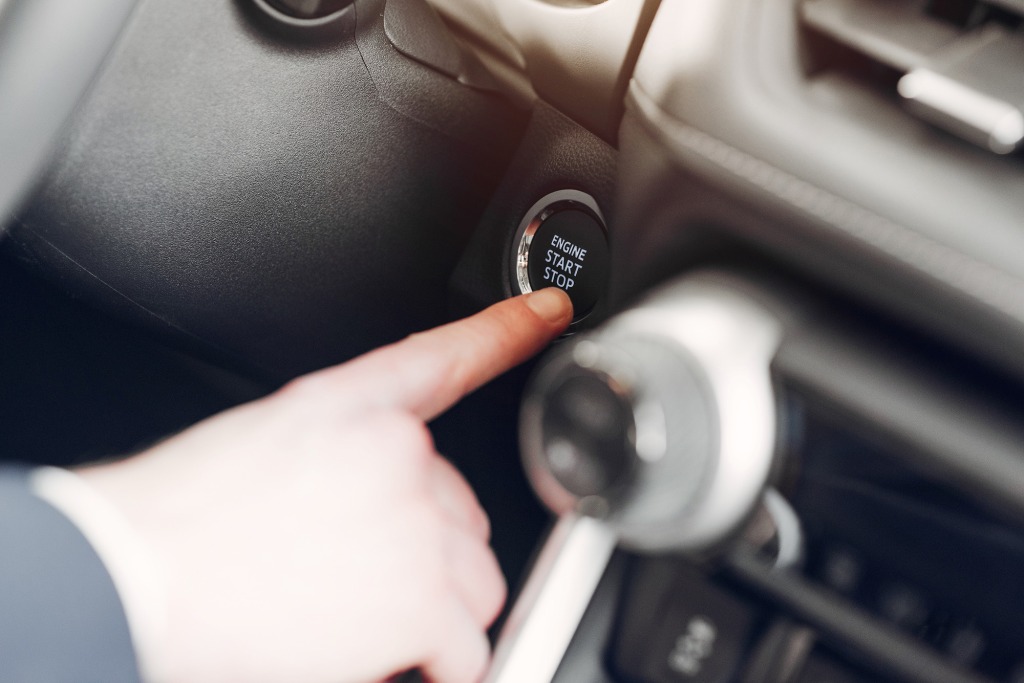
The illumination of the check engine light in conjunction with reduced power is a concerning issue experienced by some Hummer H2 owners. This symptom can indicate various underlying issues, such as fuel system malfunctions, ignition system problems, or faulty engine sensors. Prompt diagnosis by a qualified mechanic is essential to pinpoint the root cause of the problem and implement the necessary repairs or replacements. Addressing these issues swiftly ensures the continued reliability and performance of your Hummer H2, allowing you to drive with confidence on and off the road.
Check Engine Light Due to Restricted Secondary Air Injection Check Valves
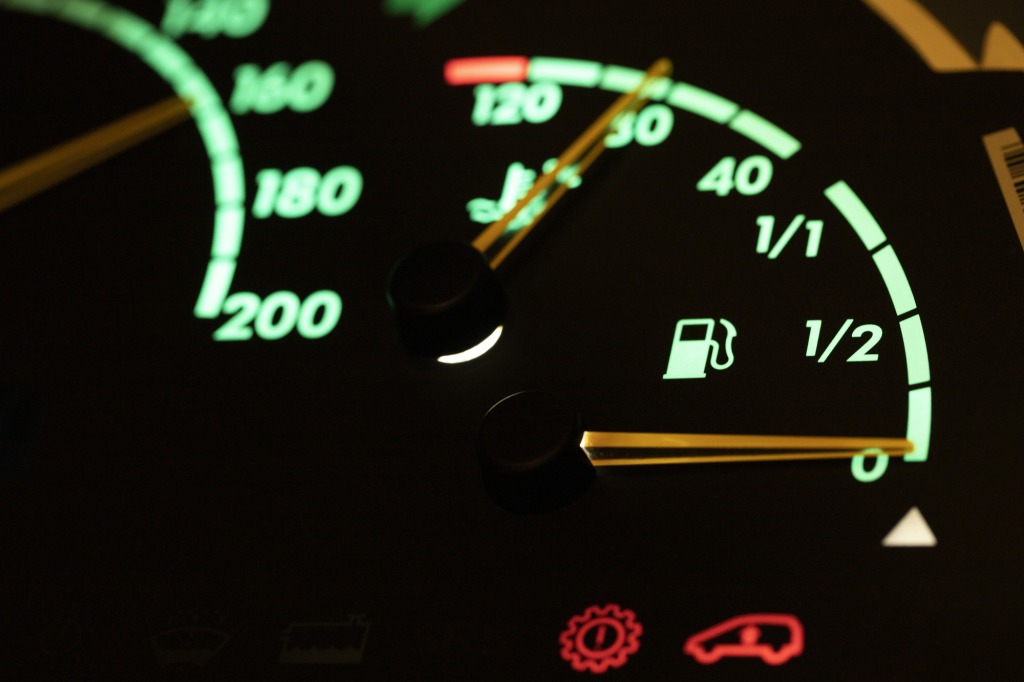
The illumination of the check engine light due to restricted secondary air injection check valves is a common issue faced by Hummer H2 owners. These valves play a crucial role in reducing emissions during cold starts, but over time, they can become restricted or faulty, triggering the check engine light. To resolve this issue, it is advisable to have the secondary air injection check valves inspected and replaced if necessary by a qualified technician. Regular inspections of the emissions control system can help detect and address such issues early on, ensuring compliance with emission standards and maintaining the optimal performance of your Hummer H2.
In Conclusion
Owning a Hummer H2 is an exhilarating journey, but being aware of common issues is paramount. By proactively maintaining your vehicle and promptly addressing issues, you can ensure continued reliability both on and off-road. Remember, consulting a qualified mechanic or authorized Hummer service center for significant problems ensures accurate diagnoses and effective solutions, preserving your Hummer H2's performance
Thanks for reading the blog, if you are wondering, how to find the nearest car garage for car wheel balancing? Open google and type car wheel balancing cost and you will find Service My Car on the top to get the best car wheel balancing service in the town.
-
Unveiling the Challenges of the Mitsubishi Outlander PHEV Navigating Solutions
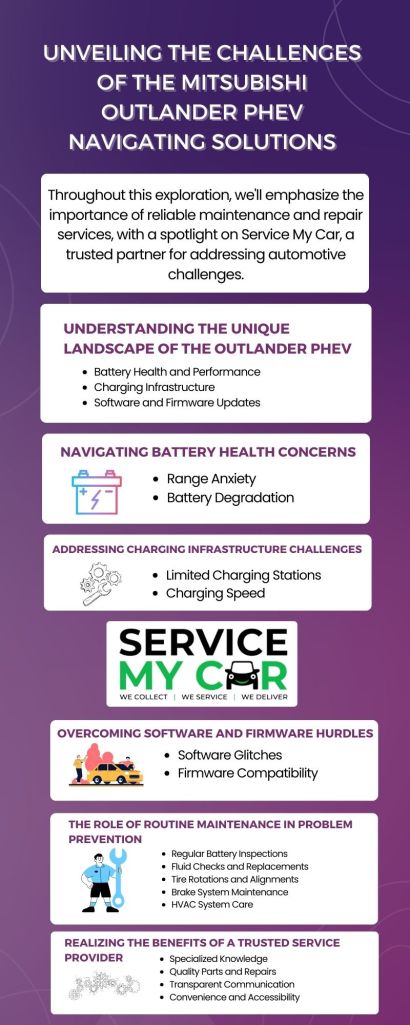
The Mitsubishi Outlander PHEV stands as a pioneering plug-in hybrid SUV, lauded for its eco-friendly design and versatile performance. However, like any innovative vehicle, it is not without its set of challenges. We’ll delve into the common issues reported by Outlander PHEV owners, explore their causes, and discuss expert solutions. Throughout this exploration, we'll emphasize the importance of reliable maintenance and repair services, with a spotlight on Service My Car, a trusted partner for addressing automotive challenges.
Understanding the Unique Landscape of the Outlander PHEV

Battery Health and Performance: The heart of any plug-in hybrid, the battery, is central to the Outlander PHEV's performance. Owners have occasionally reported concerns about battery health and performance. Regular battery checks are crucial to ensure optimal efficiency. Service My Car specializes in battery diagnostics and maintenance, providing peace of mind for Outlander PHEV owners.
Charging Infrastructure: As plug-in hybrids rely on a charging infrastructure, some owners face challenges finding reliable charging stations. Service My Car addresses this concern by offering consultations on home charging solutions, ensuring convenience for Outlander PHEV owners.
Software and Firmware Updates: The integration of cutting-edge technology in the Outlander PHEV necessitates regular software and firmware updates. Service My Car ensures that Outlander PHEV owners stay abreast of the latest updates, enhancing vehicle performance and addressing potential software-related issues.
Navigating Battery Health Concerns
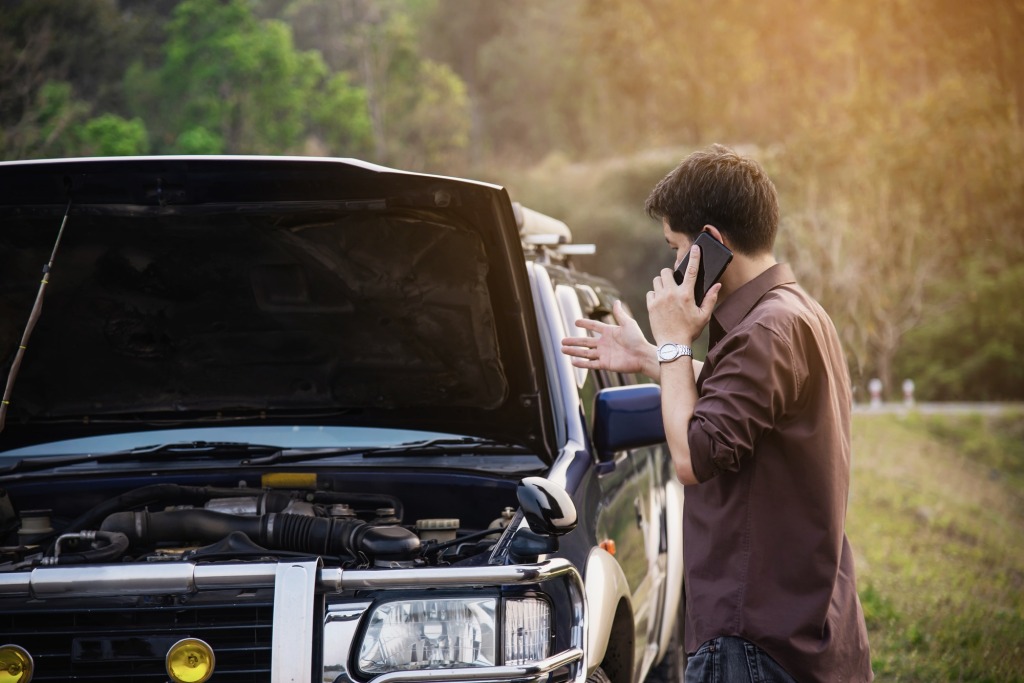
Range Anxiety: Owners may experience range anxiety, fearing the depletion of electric charge during longer journeys. Service My Car provides education on optimizing driving modes and habits to alleviate range anxiety, ensuring a seamless transition between electric and hybrid modes.
Battery Degradation: Over time, lithium-ion batteries may experience degradation. Service My Car's battery health assessments identify early signs of degradation, allowing timely intervention to maintain optimal performance and extend battery lifespan.
Addressing Charging Infrastructure Challenges
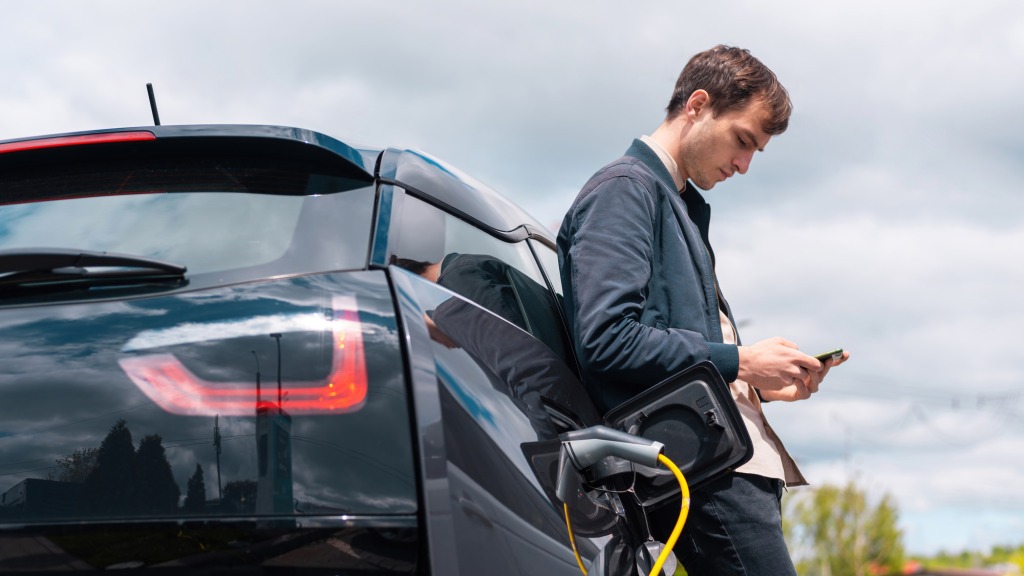
Limited Charging Stations: Some owners may face challenges finding sufficient charging stations, impacting the convenience of owning a plug-in hybrid. Service My Car collaborates with charging network providers to expand accessibility and recommends home charging solutions to mitigate such challenges.
Charging Speed: Slow charging speeds at public stations can be a concern. Service My Car assists in evaluating and upgrading charging equipment, ensuring Outlander PHEV owners experience faster and more efficient charging.
Overcoming Software and Firmware Hurdles
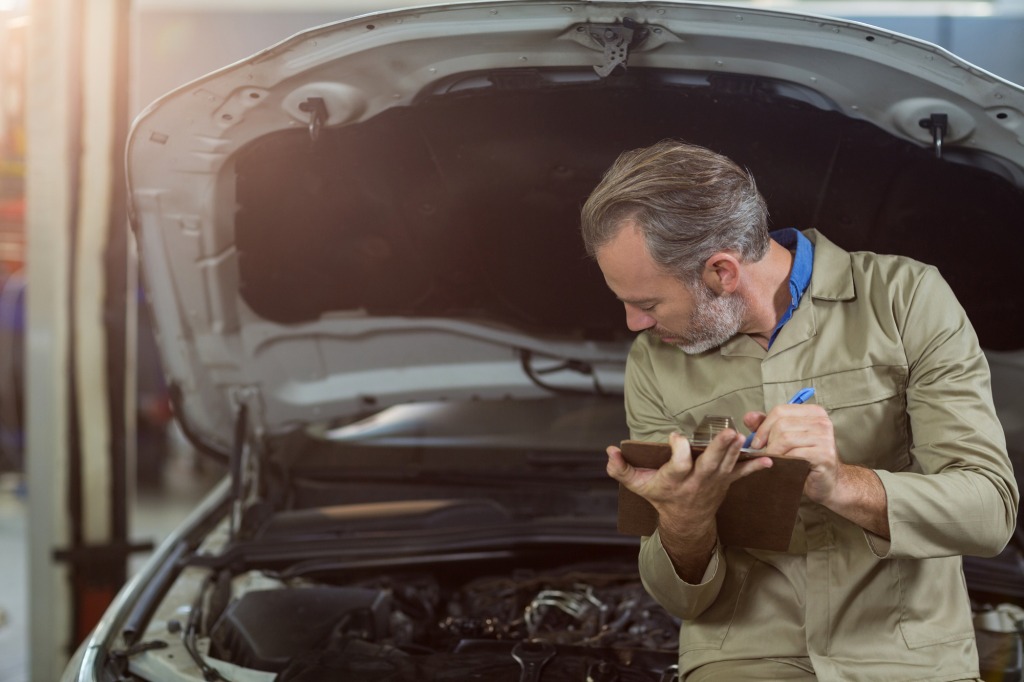
Software Glitches: Software glitches may affect various vehicle functions. Service My Car specializes in diagnostic assessments, swiftly identifying and resolving software-related issues to ensure a seamless driving experience.
Firmware Compatibility: Compatibility issues with vehicle firmware can arise. Service My Car keeps Outlander PHEV owners informed about firmware updates, ensuring compatibility and addressing any issues that may arise from outdated software.
The Role of Routine Maintenance in Problem Prevention
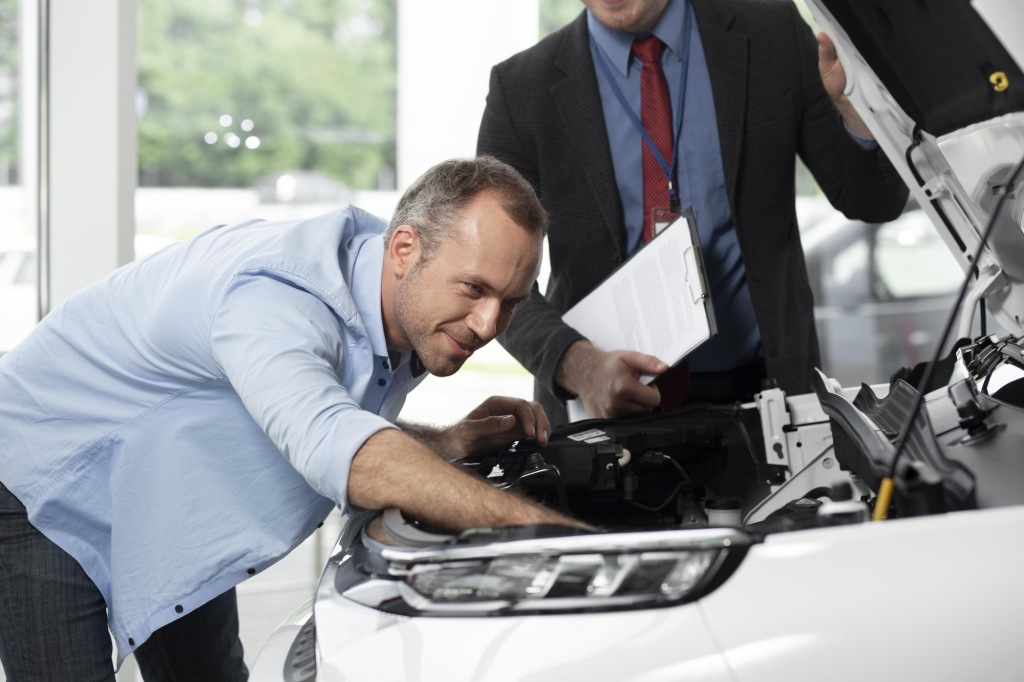
Regular Battery Inspections: Service My Car emphasizes the importance of routine battery inspections to identify potential issues before they escalate. Regular checks contribute to prolonged battery life and optimal performance.
Fluid Checks and Replacements: Fluids play a vital role in the Outlander PHEV's performance. Service My Car recommends regular fluid checks and replacements to maintain the vehicle's overall health and efficiency.
Tire Rotations and Alignments: Tire health impacts fuel efficiency and overall performance. Service My Car provides comprehensive tire rotations and alignments to ensure even wear, promoting longevity and efficiency for the Outlander PHEV.
Brake System Maintenance: Proper brake system maintenance is crucial for safety and efficiency. Service My Car's technicians conduct thorough inspections and repairs to address any brake system concerns, ensuring optimal performance.
HVAC System Care: The HVAC system contributes to driver and passenger comfort. Service My Car specializes in HVAC system diagnostics and repairs, ensuring the Outlander PHEV's climate control functions optimally.
Realizing the Benefits of a Trusted Service Provider

Specialized Knowledge: Service My Car's team possesses specialized knowledge in hybrid and electric vehicle maintenance. Their expertise ensures accurate diagnostics and efficient solutions for Outlander PHEV owners.
Quality Parts and Repairs: Using quality parts and adhering to manufacturer recommendations, Service My Car provides reliable repairs and replacements, ensuring the longevity and optimal performance of the Outlander PHEV.
Transparent Communication: Clear and transparent communication is a hallmark of Service My Car. Owners of the Outlander PHEV receive detailed explanations of issues, recommended solutions, and cost estimates, fostering trust and confidence in the service process.
Convenience and Accessibility: With a focus on customer convenience, Service My Car offers online appointment scheduling, doorstep services, and efficient turnaround times. These initiatives prioritize Outlander PHEV owners' convenience and satisfaction.
Conclusion: Navigating the Outlander PHEV Journey with Confidence
In conclusion, the Mitsubishi Outlander PHEV, with its innovative design and eco-friendly features, offers a unique driving experience. Addressing challenges associated with battery health, charging infrastructure, and software concerns becomes seamless with the support of a trusted service provider like Service My Car.
By staying informed about common issues, adopting proactive maintenance practices, and relying on the expertise of service professionals, Outlander PHEV owners can navigate the road with confidence. Service My Car stands as a reliable partner, ensuring that the journey with the Mitsubishi Outlander PHEV remains smooth, efficient, and environmentally conscious.
Thanks for reading the blog, if you are wondering, how to find the nearest car garage for car repair? Open google and type car repair in Manchester and you will find Service My Car on the top to get the best car garage for car repair in the town.
-
Ultimate Guide to Mitsubishi Lancer Common Problems
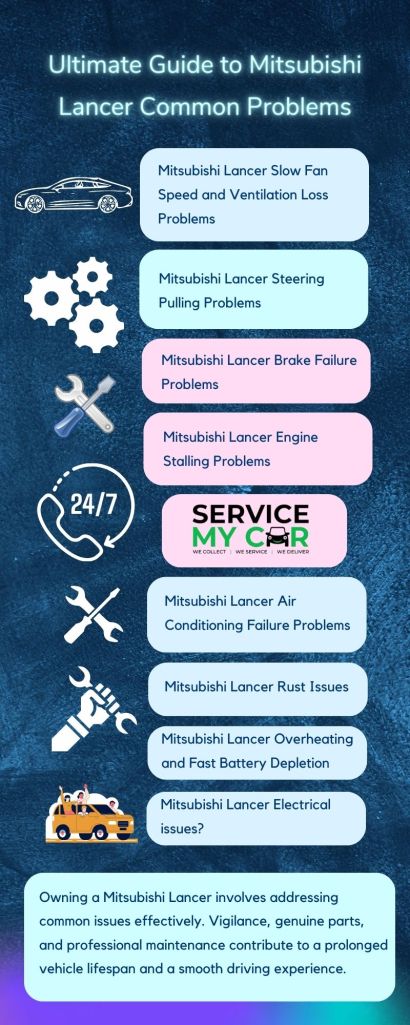
The Mitsubishi Lancer, celebrated for its reliability and performance, can encounter common issues, necessitating awareness among car owners. This guide delves into prevalent problems faced by Mitsubishi Lancer owners, offering practical solutions applicable to various models.
Mitsubishi Lancer Slow Fan Speed and Ventilation Loss Problems
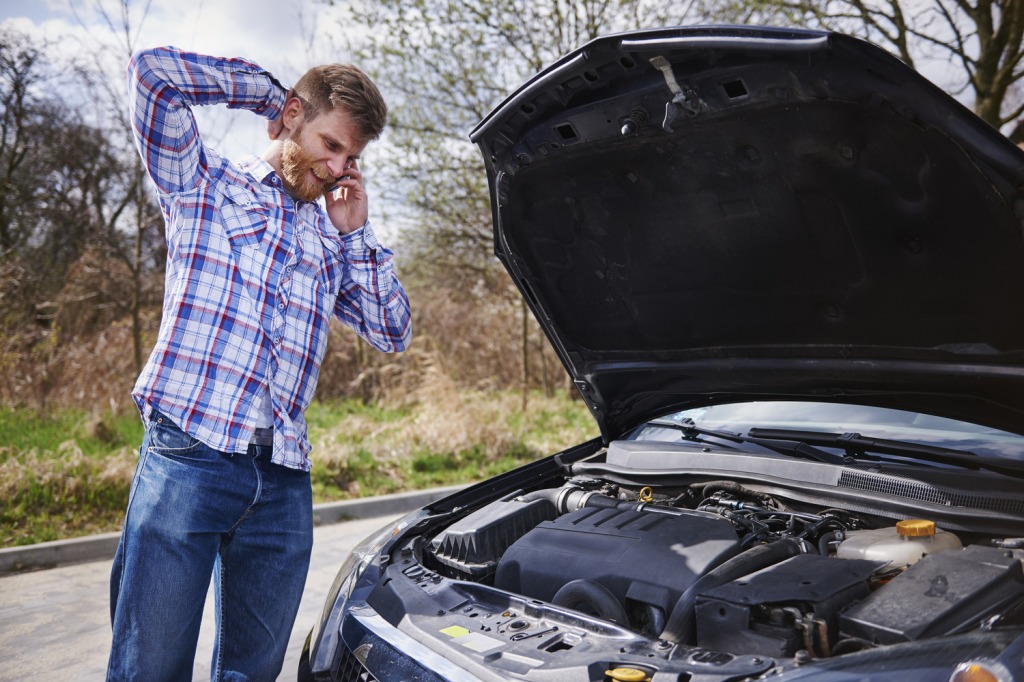
Slow fan speed and ventilation loss in Mitsubishi Lancers can indicate underlying issues with the vehicle's heating, ventilation, and air conditioning (HVAC) system. These problems are commonly attributed to faults in the blower motor or the resistor that controls its speed. When the blower motor malfunctions or the resistor fails, the fan may spin at a reduced speed or stop working altogether, resulting in inadequate airflow and poor ventilation inside the cabin. This can lead to discomfort for occupants, especially in extreme weather conditions.
To address these issues, owners should first check the resistor for signs of damage or failure. If the resistor appears to be functioning correctly, the blower motor may need to be replaced. Replacement parts can typically be sourced from authorized dealerships or reputable online retailers. Prompt diagnosis and repair of slow fan speed and ventilation loss are essential to restore comfort and functionality to the Mitsubishi Lancer's HVAC system.
Mitsubishi Lancer Steering Pulling Problems

Steering pulling, where the vehicle drifts to one side, may signal suspension or wheel alignment issues.Replace tires from reliable sources and ensure proper wheel alignment by seeking professional assistance to ensure optimal functionality.
Mitsubishi Lancer Brake Failure Problems
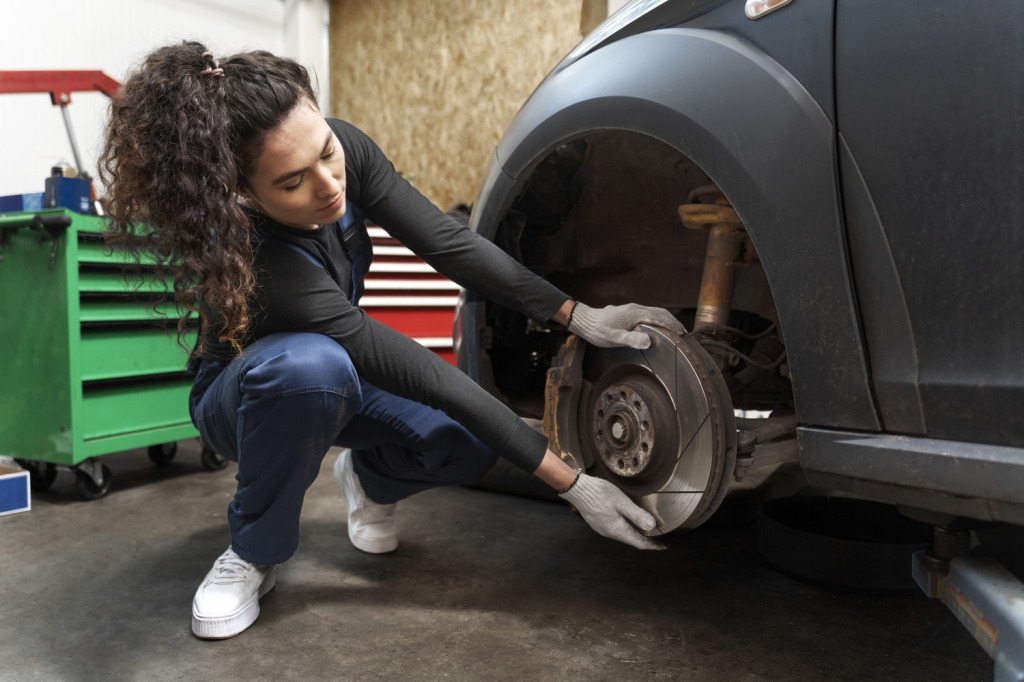
Steering pulling problems in Mitsubishi Lancers are a common concern among drivers and can arise due to various factors affecting the vehicle's suspension and alignment. When a Mitsubishi Lancer pulls to one side while driving on a straight road, it indicates an imbalance in the suspension system or misalignment of the wheels. This imbalance can result from issues such as uneven tire wear, worn suspension components, or improper wheel alignment.
Addressing steering pulling problems is crucial for maintaining vehicle stability and ensuring safe handling on the road. Owners experiencing these issues should consider having their tires inspected for uneven wear patterns and replacing them if necessary. Additionally, scheduling a professional wheel alignment service can help correct any misalignment issues and restore proper steering geometry. By addressing steering pulling problems promptly, Mitsubishi Lancer owners can enjoy improved driving comfort and stability.
Mitsubishi Lancer Engine Stalling Problems
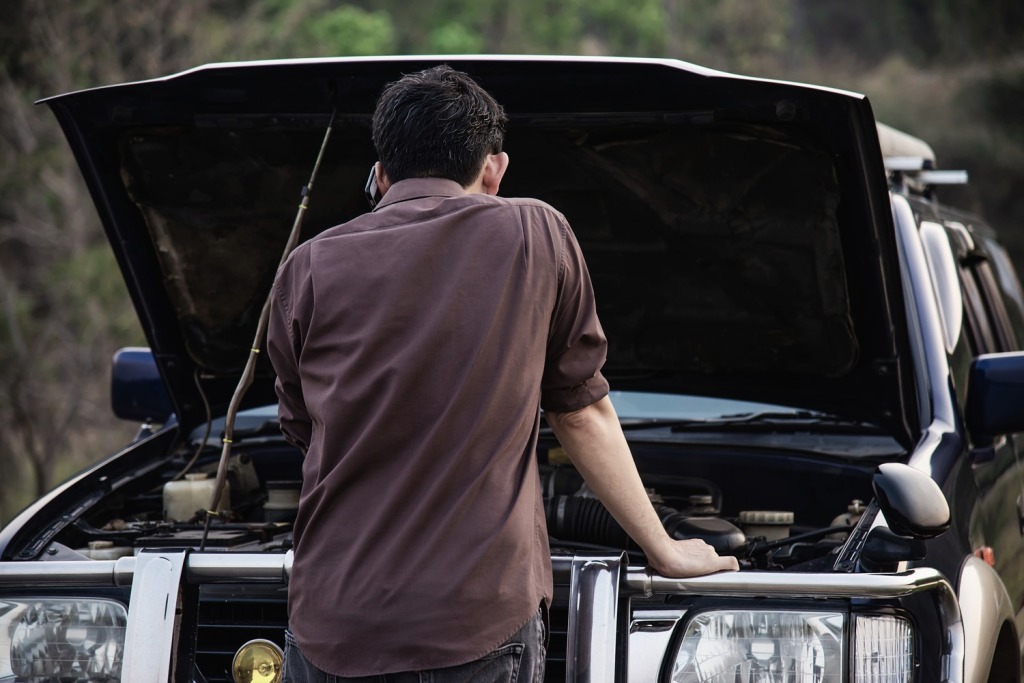
Frequent engine stalling may result from various factors, including a faulty MAP sensor or a clogged throttle body. Replace the faulty MAP sensor and clean the throttle body to restore normal engine operation. Seek professional assistance if unsure.
Mitsubishi Lancer Air Conditioning Failure Problems
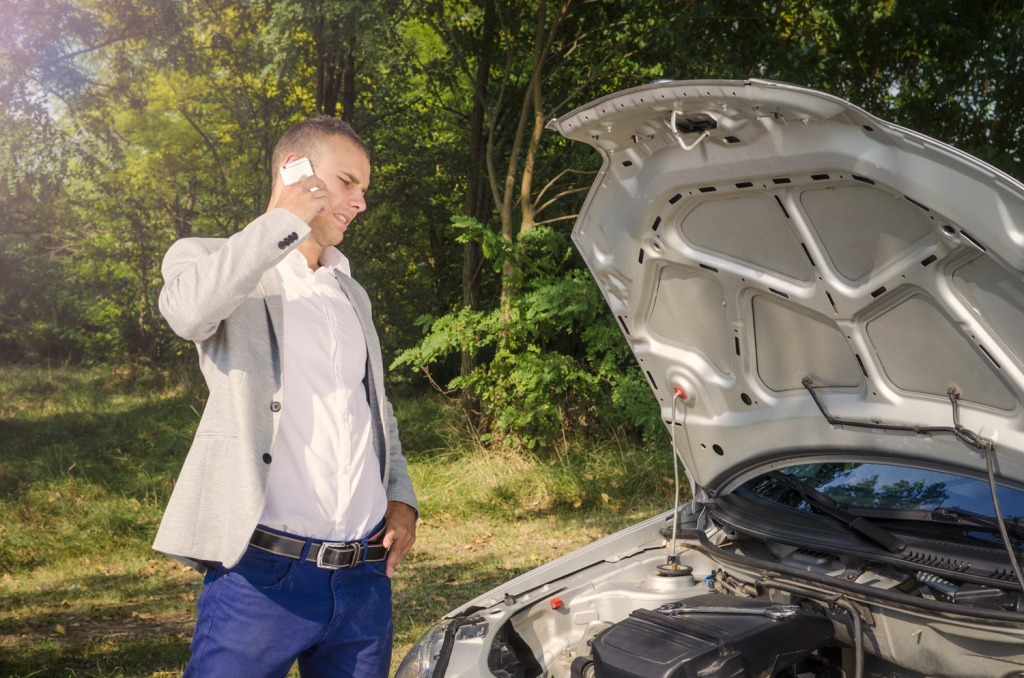
Inadequate cooling may indicate low gas levels in the air conditioning system.
Consult experienced technicians to re-gas the system for optimal performance. Seat Failure
Premature wear and foam degradation affect seat comfort and support. Consider replacing seats if foam degradation is extensive, opting for replacements from reputable sources.
Mitsubishi Lancer Automatic Gearbox Problems
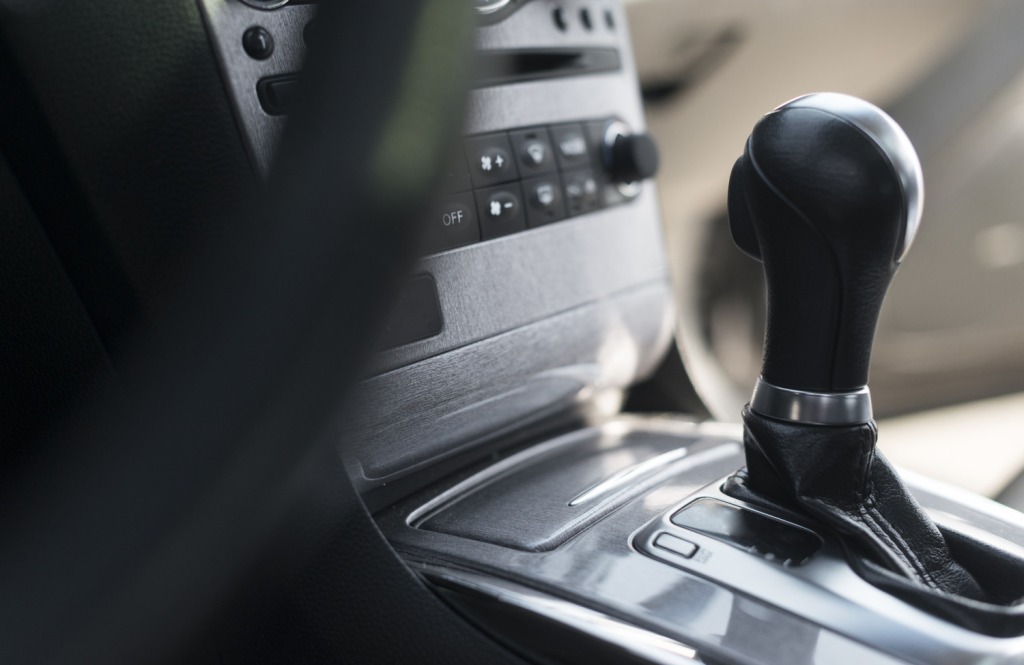
Automatic gearbox problems in Mitsubishi Lancers can manifest in various ways, ranging from hesitant gear changes to complete transmission failure. These issues often stem from internal mechanical failures, such as worn-out clutch packs, solenoid malfunctions, or fluid leaks. Symptoms may include rough shifting, delayed engagement, slipping gears, or unusual noises emanating from the transmission.
Left unaddressed, automatic gearbox problems can lead to further damage to the transmission system and potentially render the vehicle inoperable. Resolving these issues typically requires professional diagnosis and repair by qualified technicians. Depending on the severity of the problem, solutions may range from minor adjustments or fluid replacements to complete transmission overhauls or replacements.
Regular maintenance, including fluid checks and changes, can help prevent automatic gearbox problems and ensure the continued smooth operation of the Mitsubishi Lancer.
Mitsubishi Lancer Rust Issues

Rust issues in Mitsubishi Lancers, particularly in certain models or those imported from regions with different road salt standards, can pose significant concerns for vehicle owners. Rust typically develops on the vehicle's exterior surfaces, particularly on the underside, wheel wells, and around the edges of doors and windows. Left untreated, rust can spread rapidly, compromising the structural integrity of the vehicle and leading to expensive repairs or even safety hazards.
To address rust issues effectively, regular inspections of the vehicle's underside are essential, allowing for early detection and treatment of any rust spots. Additionally, preventative measures such as applying rust inhibitors or protective coatings can help mitigate the risk of rust formation. Consulting with professional mechanics or rust repair specialists can provide valuable guidance and assistance in addressing rust issues and preserving the longevity of the Mitsubishi Lancer.
Mitsubishi Lancer Overheating and Fast Battery Depletion
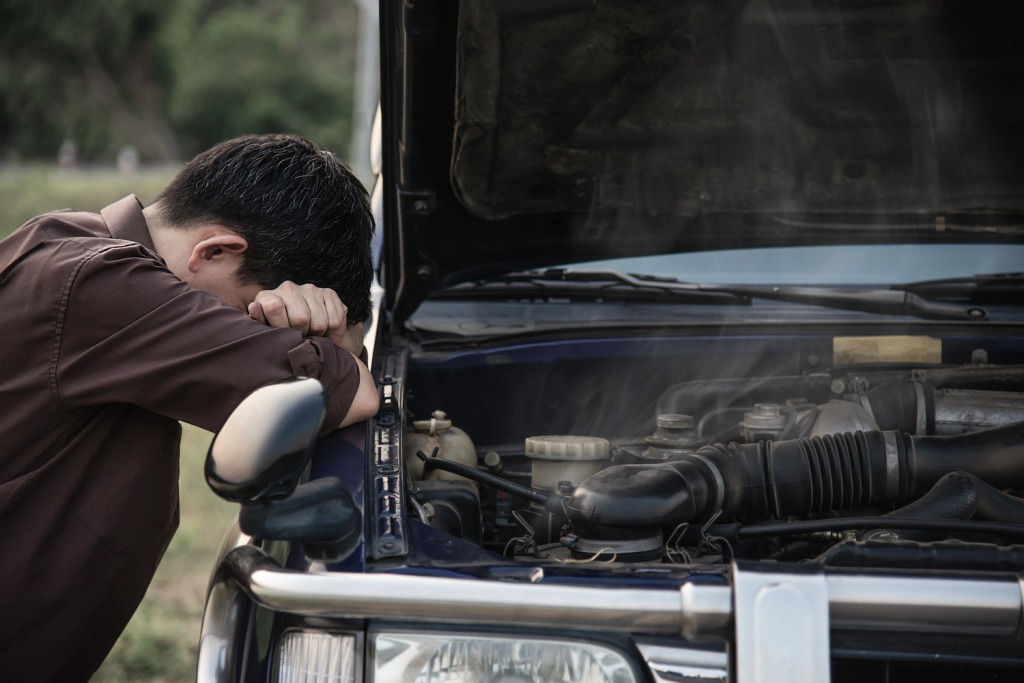
The issue of overheating accompanied by fast battery depletion in Mitsubishi Lancers can be particularly concerning, often indicating underlying mechanical or electrical problems. Overheating typically points to issues within the engine cooling system, such as a malfunctioning radiator, water pump, or thermostat. When these components fail to regulate the engine temperature effectively, overheating occurs, leading to potential damage to engine components and reduced performance.
Fast battery depletion, on the other hand, suggests electrical issues, such as a faulty alternator, which fails to charge the battery adequately while the vehicle is running. As a result, the battery may not receive sufficient charge to power the vehicle's electrical systems, leading to rapid depletion and potential stalling or failure to start. Addressing these issues promptly through professional diagnosis and repair is crucial to prevent further damage and ensure the Mitsubishi Lancer's reliability and safety on the road.
Mitsubishi Lancer Electrical issues?
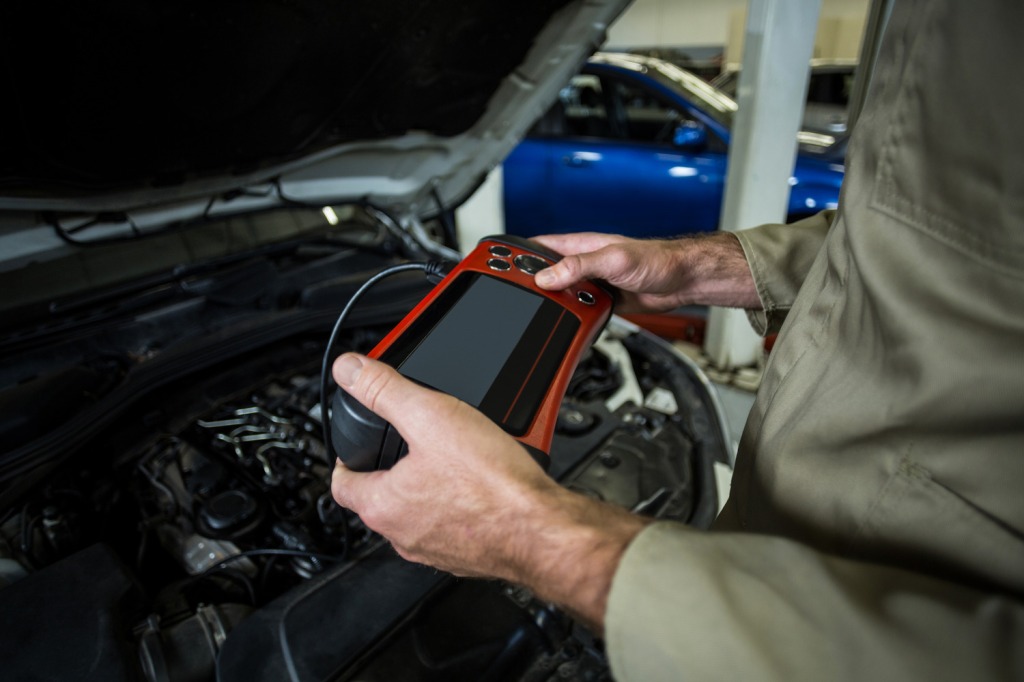
Electrical issues in Mitsubishi Lancers can be diverse and impactful, ranging from minor inconveniences to significant safety concerns. These problems often encompass issues with the vehicle's lighting system, such as headlights, taillights, and interior lights, which can flicker, dim, or fail altogether. Additionally, power-related problems may affect components like power windows, door locks, and the vehicle's central locking system, causing intermittent functionality or complete failure.
Furthermore, electrical issues can extend to the dashboard, where malfunctions in gauges, indicators, or warning lights may occur, potentially affecting the driver's ability to monitor crucial vehicle functions. Given the importance of electrical systems in modern vehicles, addressing these issues promptly through professional diagnosis and repair is essential to maintain the Mitsubishi Lancer's reliability and safety on the road.
Conclusion:
Owning a Mitsubishi Lancer involves addressing common issues effectively. Vigilance, genuine parts, and professional maintenance contribute to a prolonged vehicle lifespan and a smooth driving experience.
Thanks for reading the blog, if you are wondering, how to find the nearest car garage for car head gasket replacement? Open google type cheap head gasket replacement in Manchester and you will find service my car on the top to get the best car head gasket replacement service in the town.

You’re offline. This is a read only version of the page.

